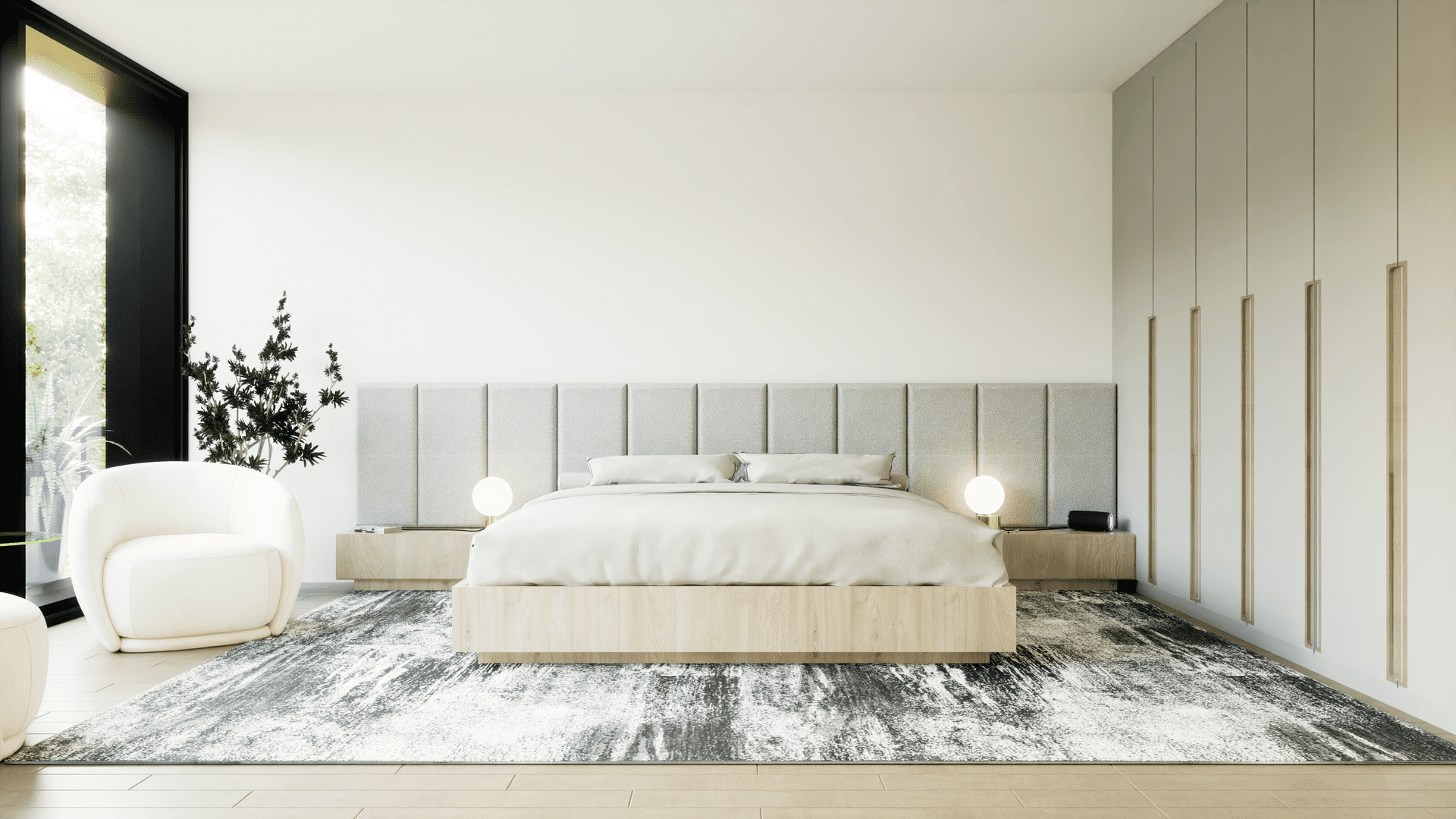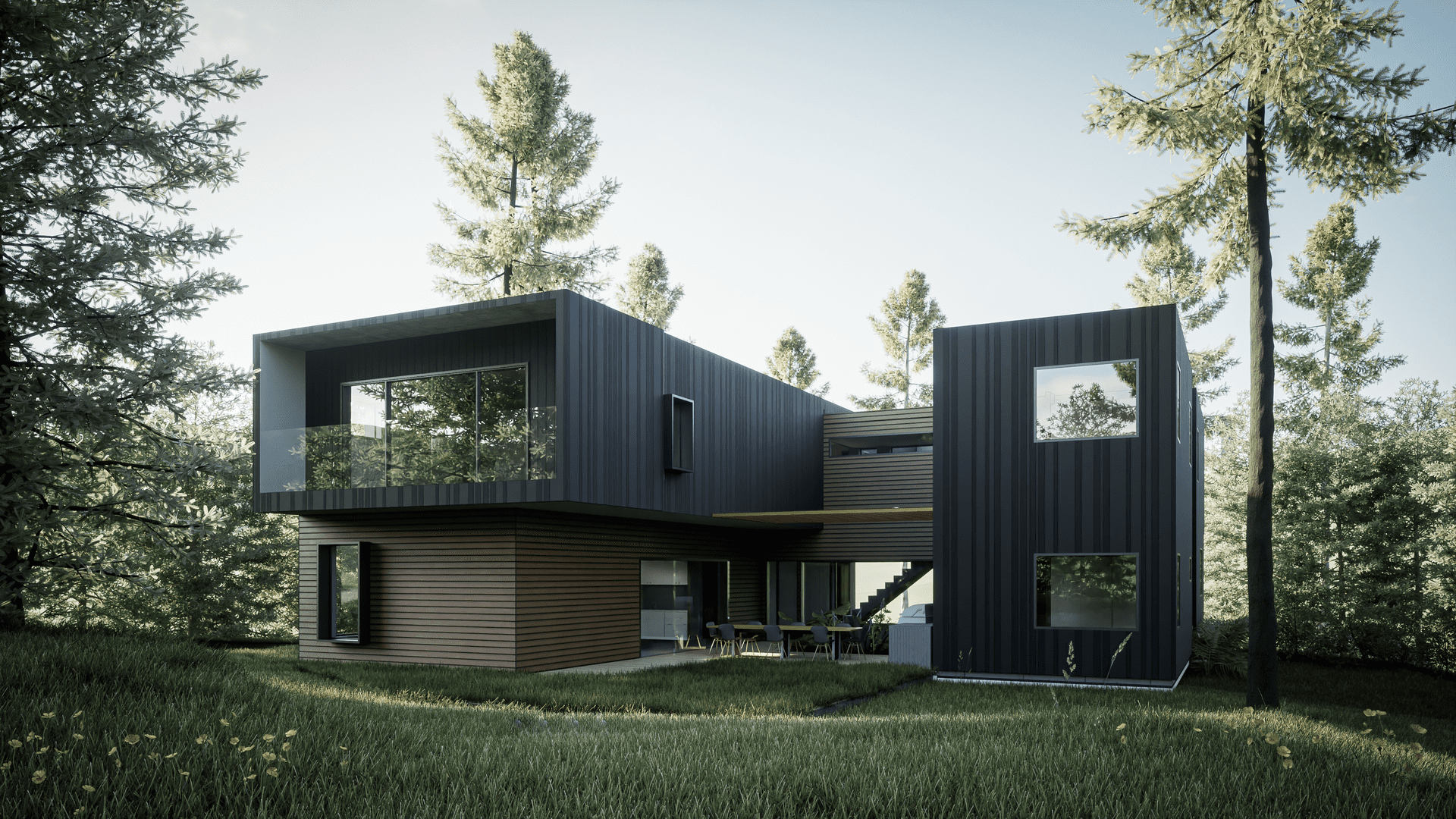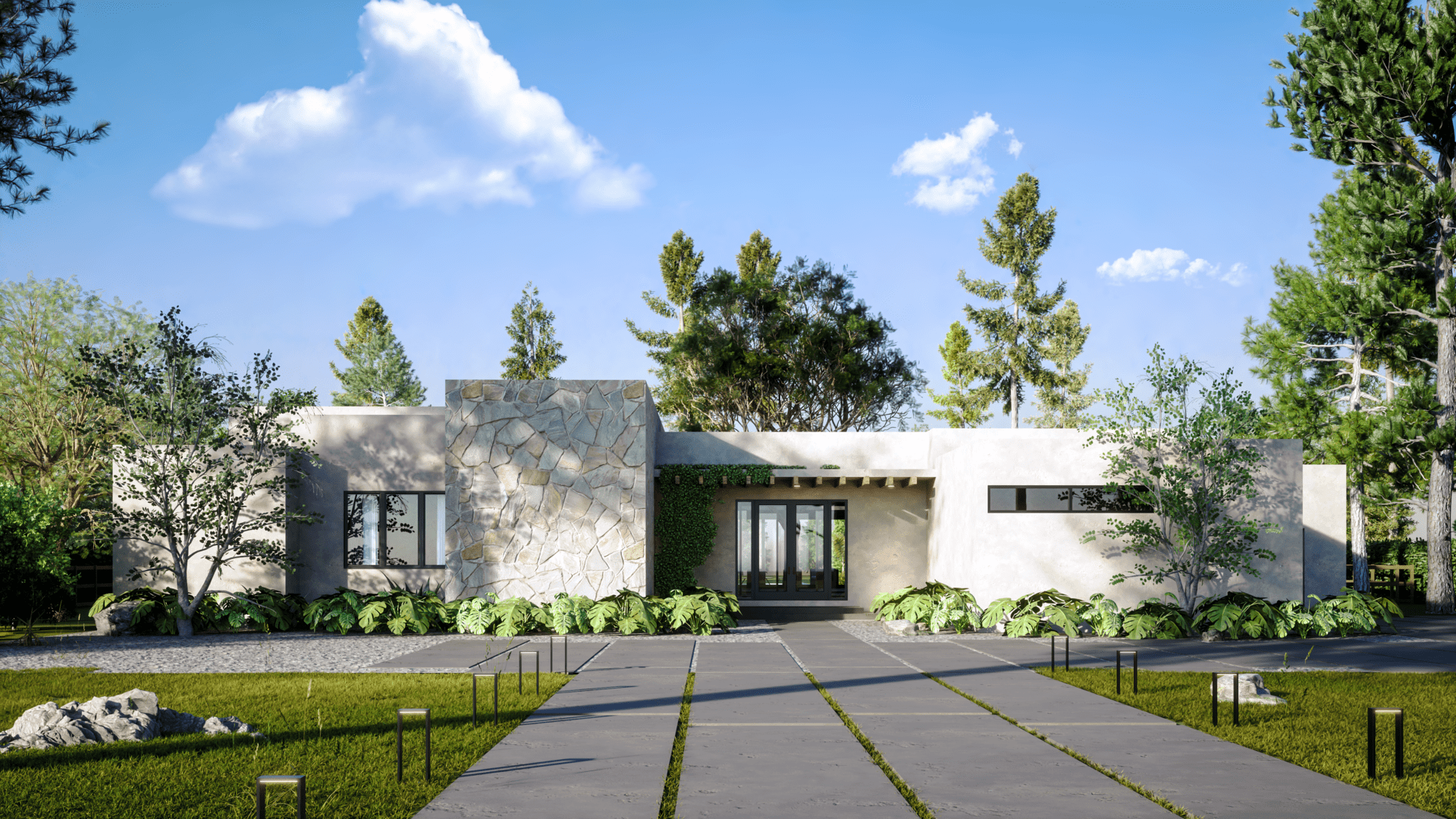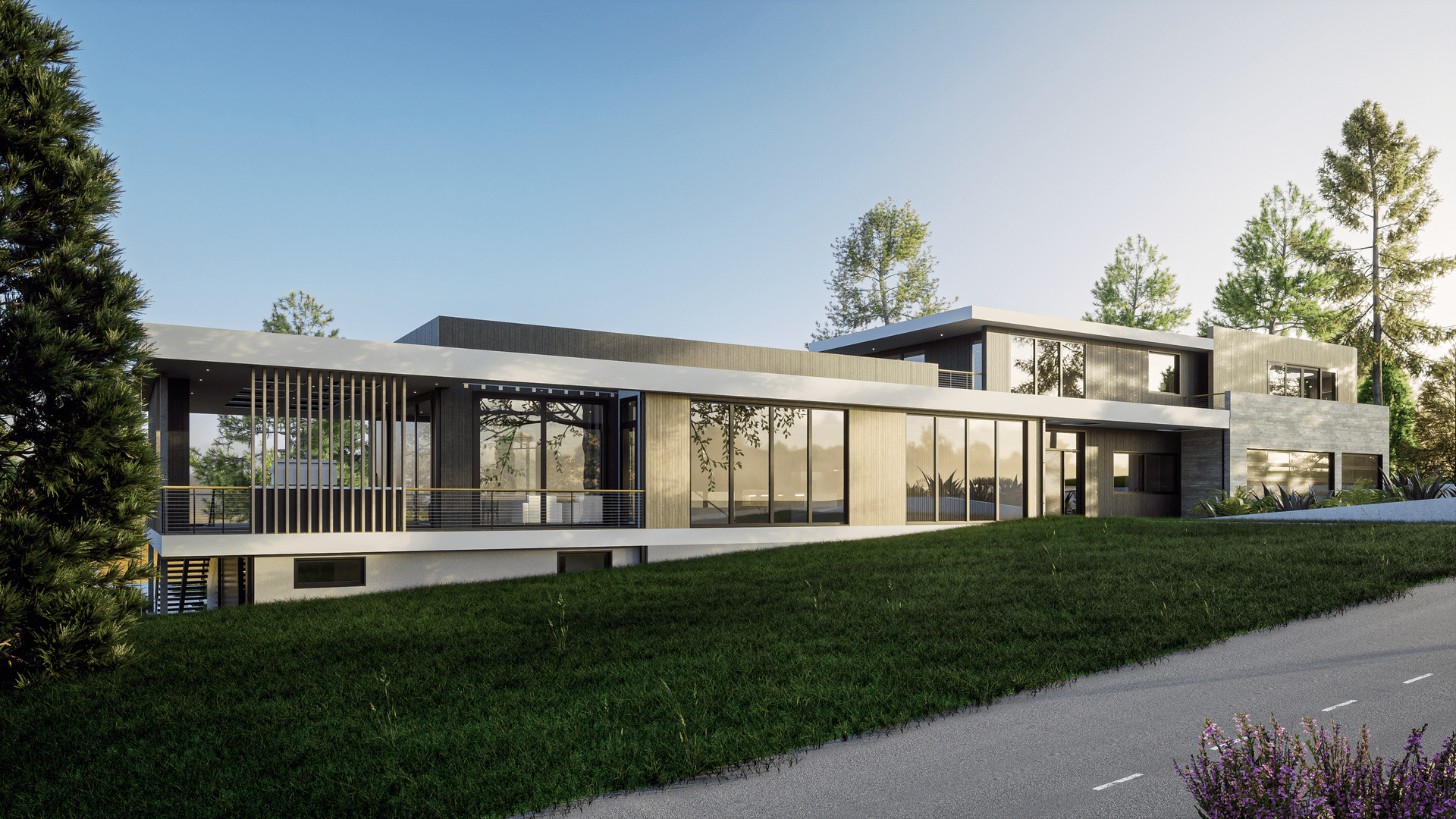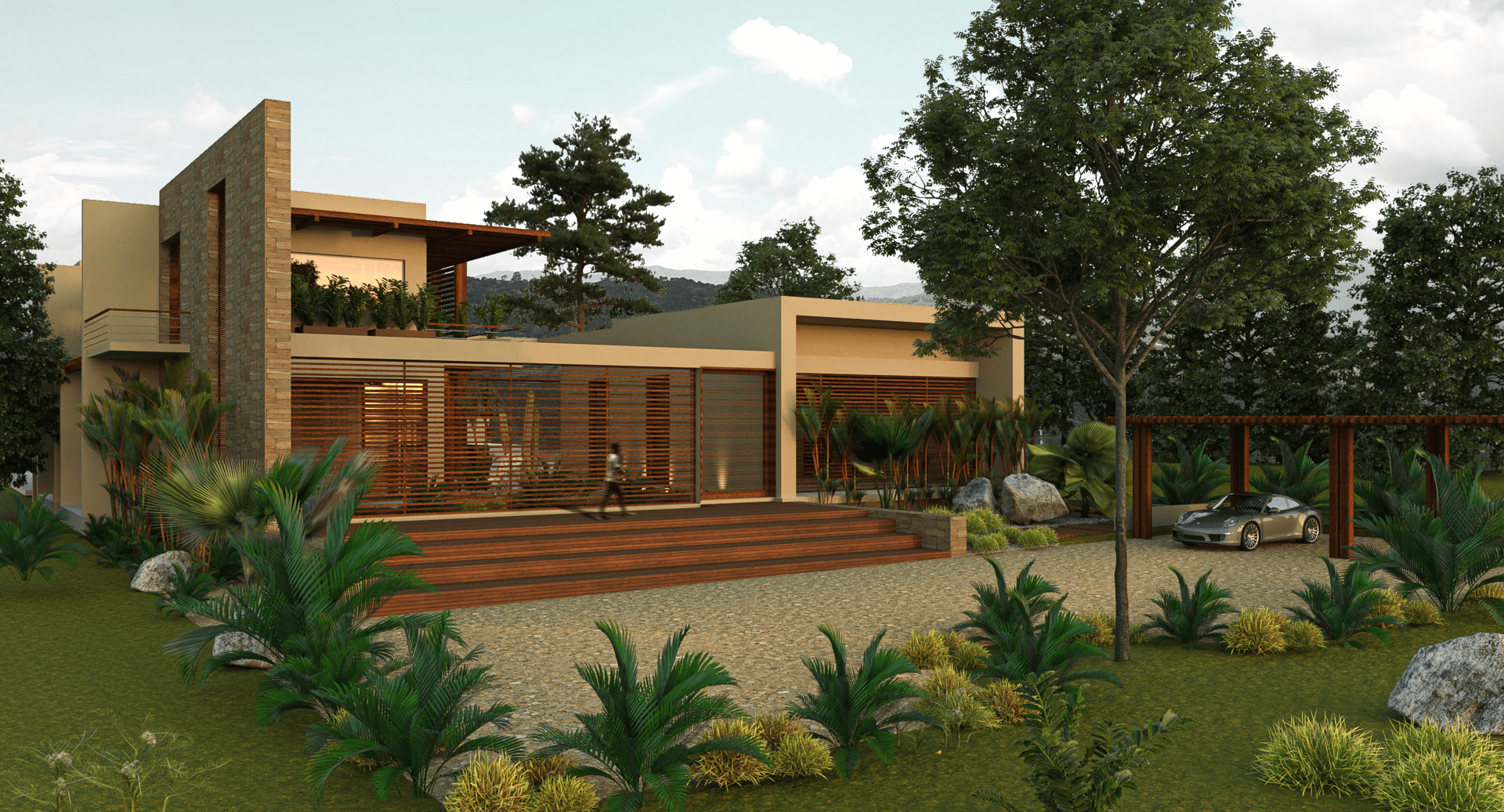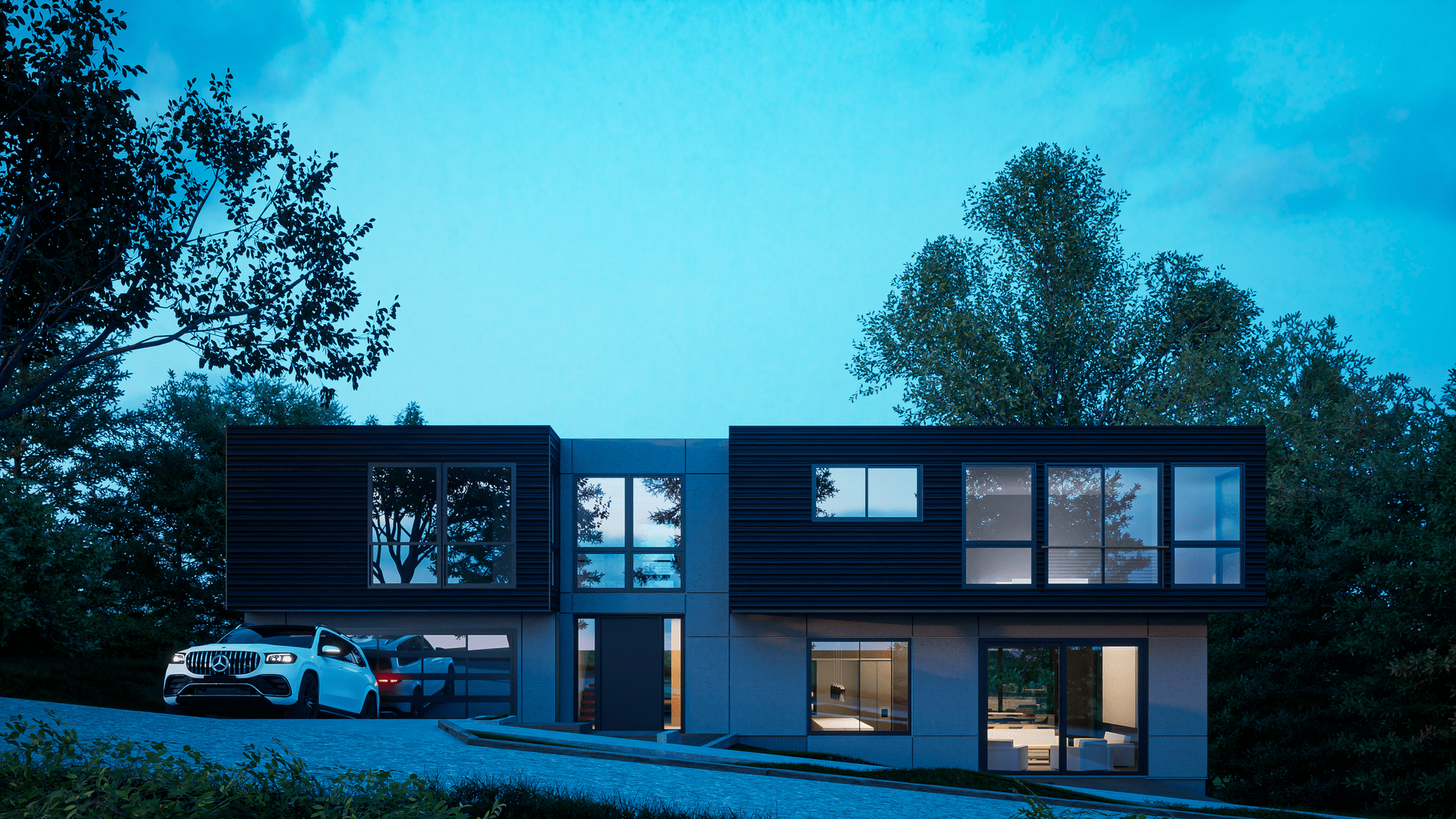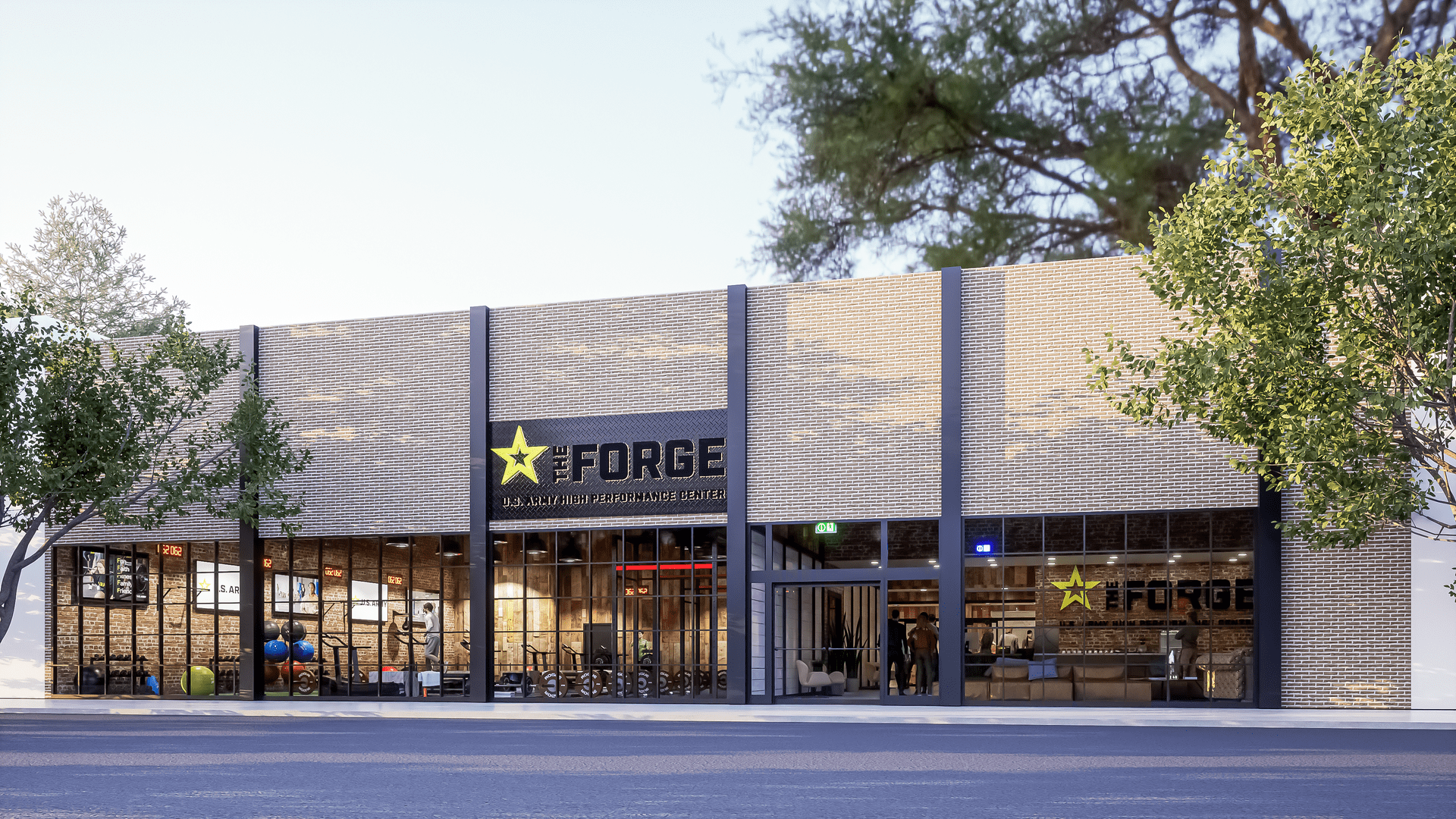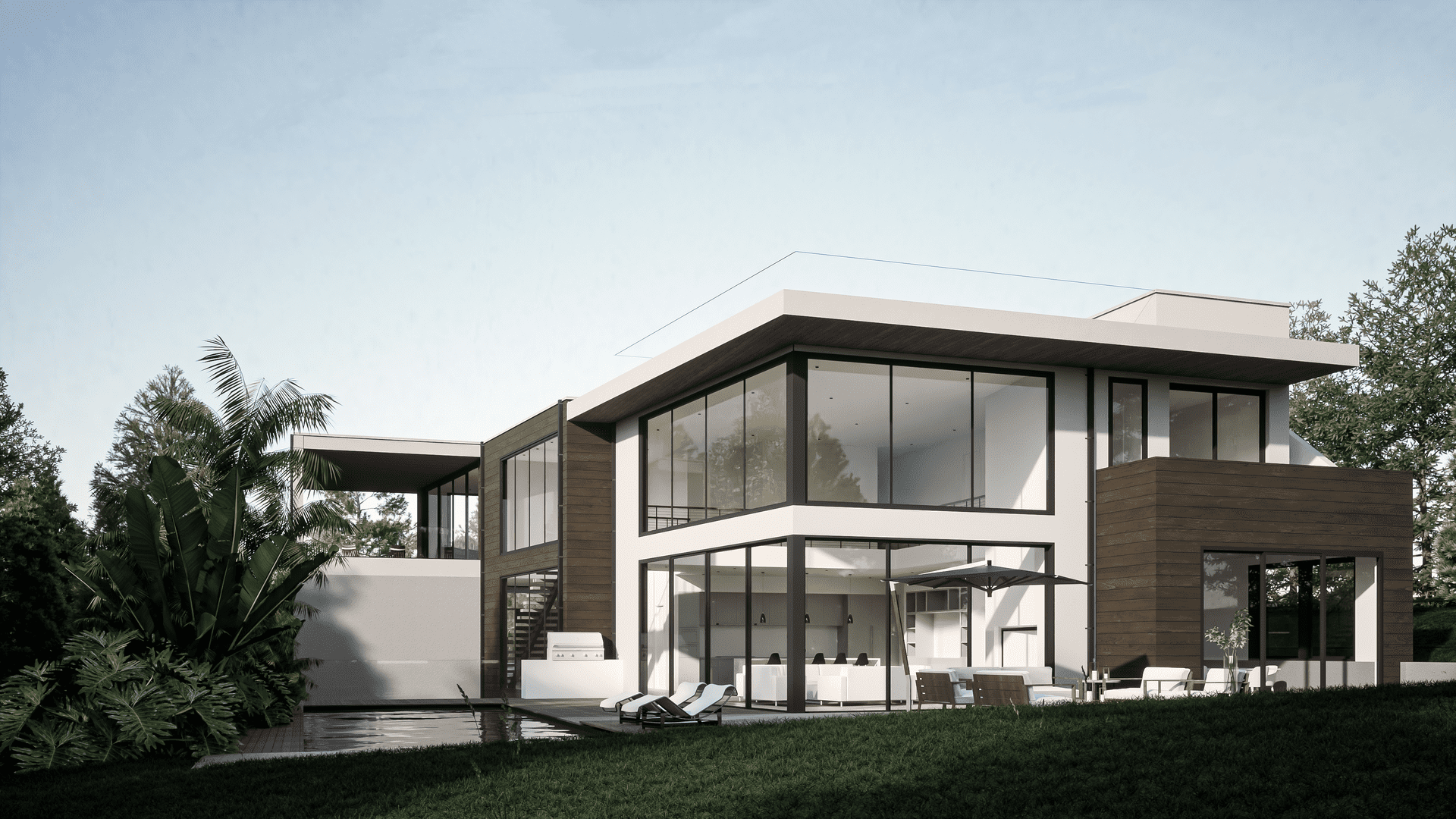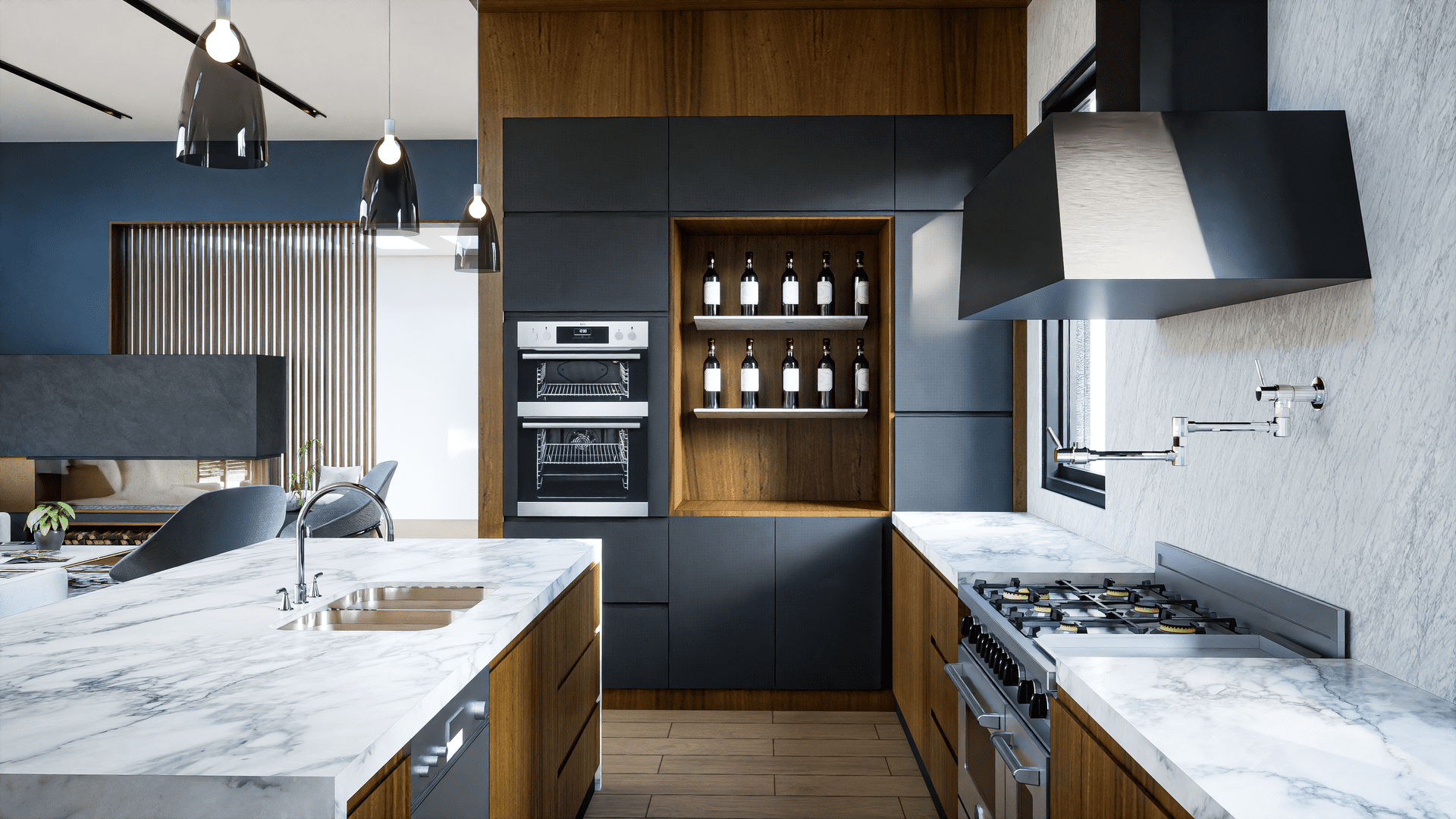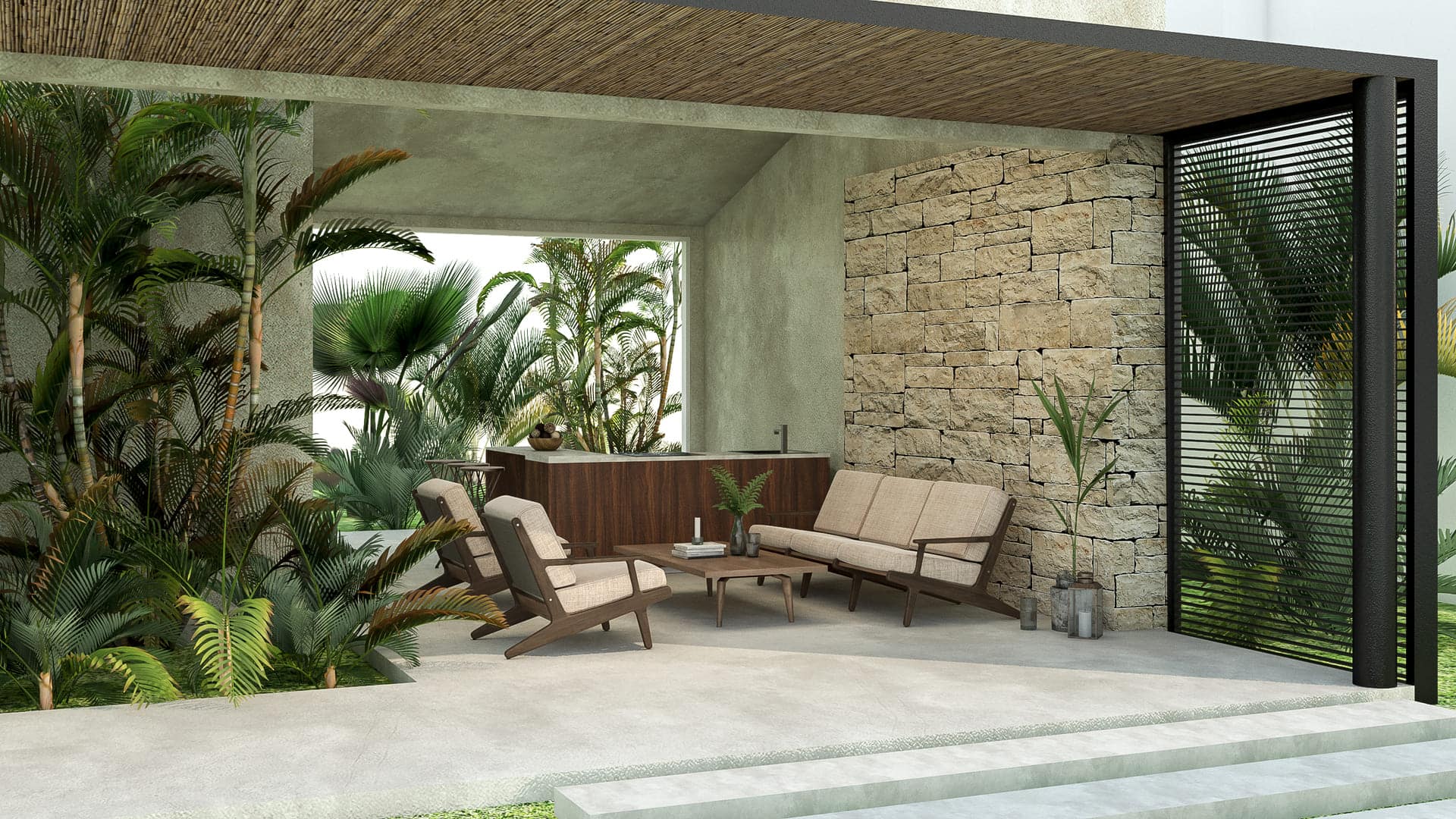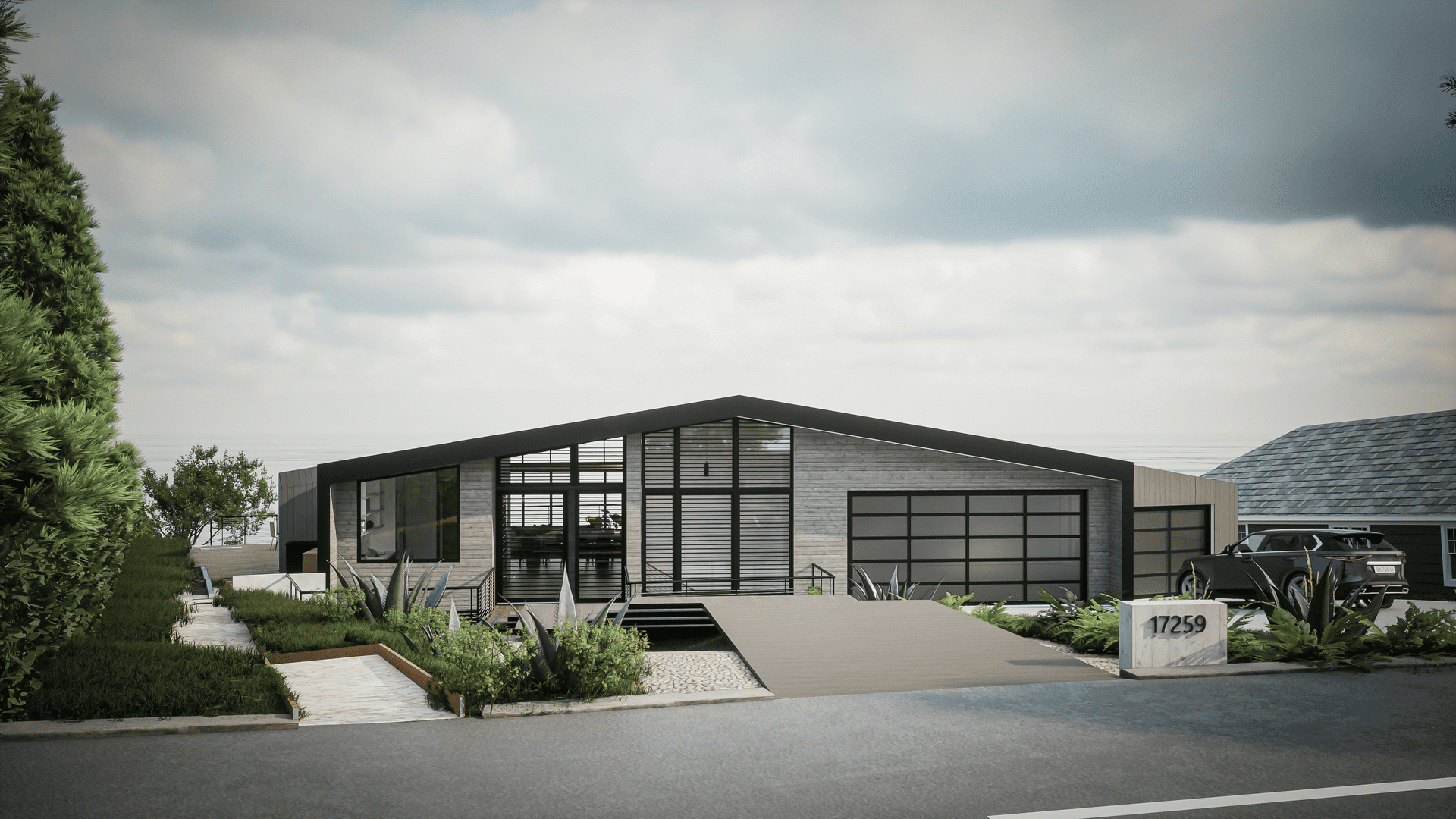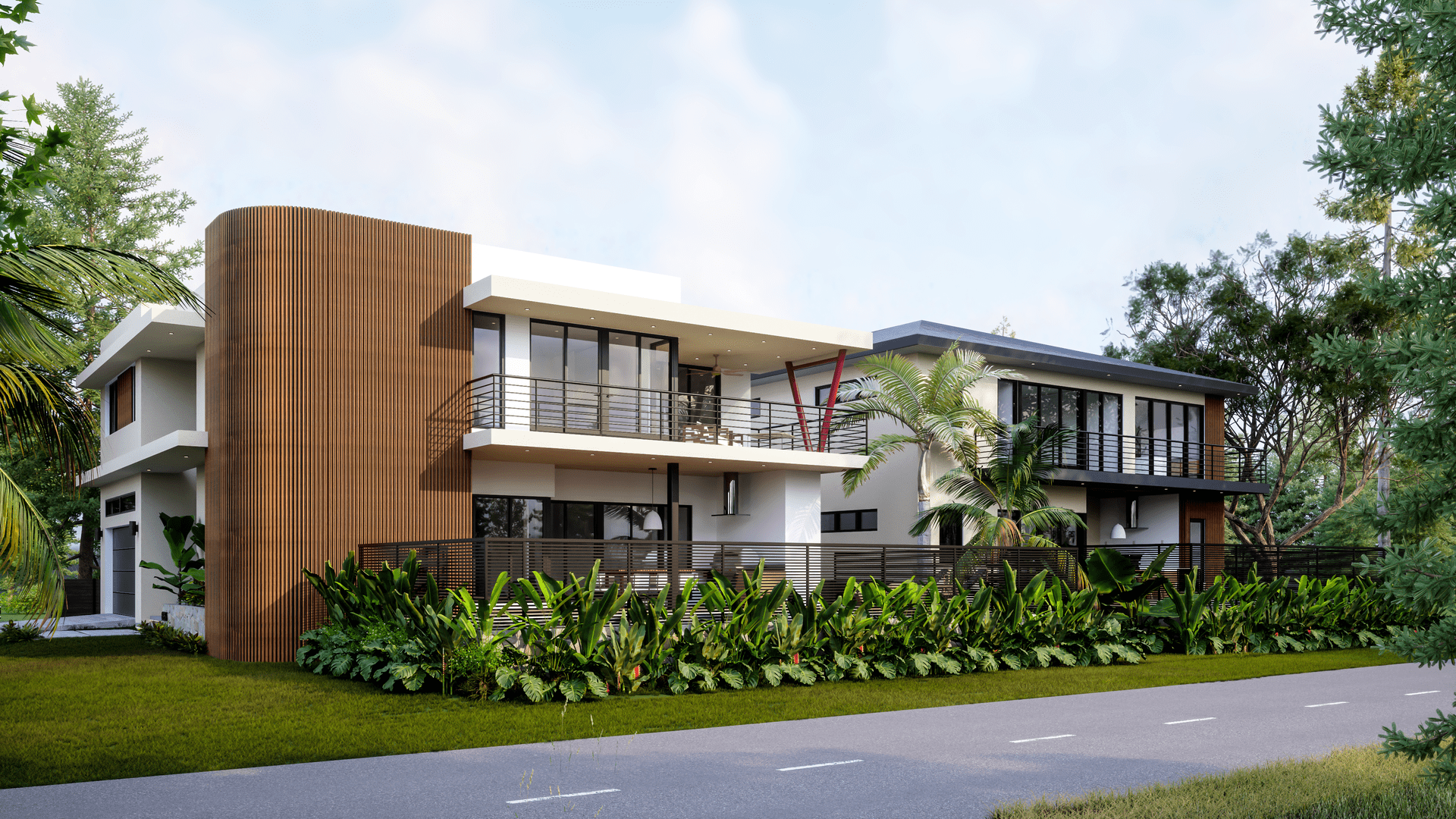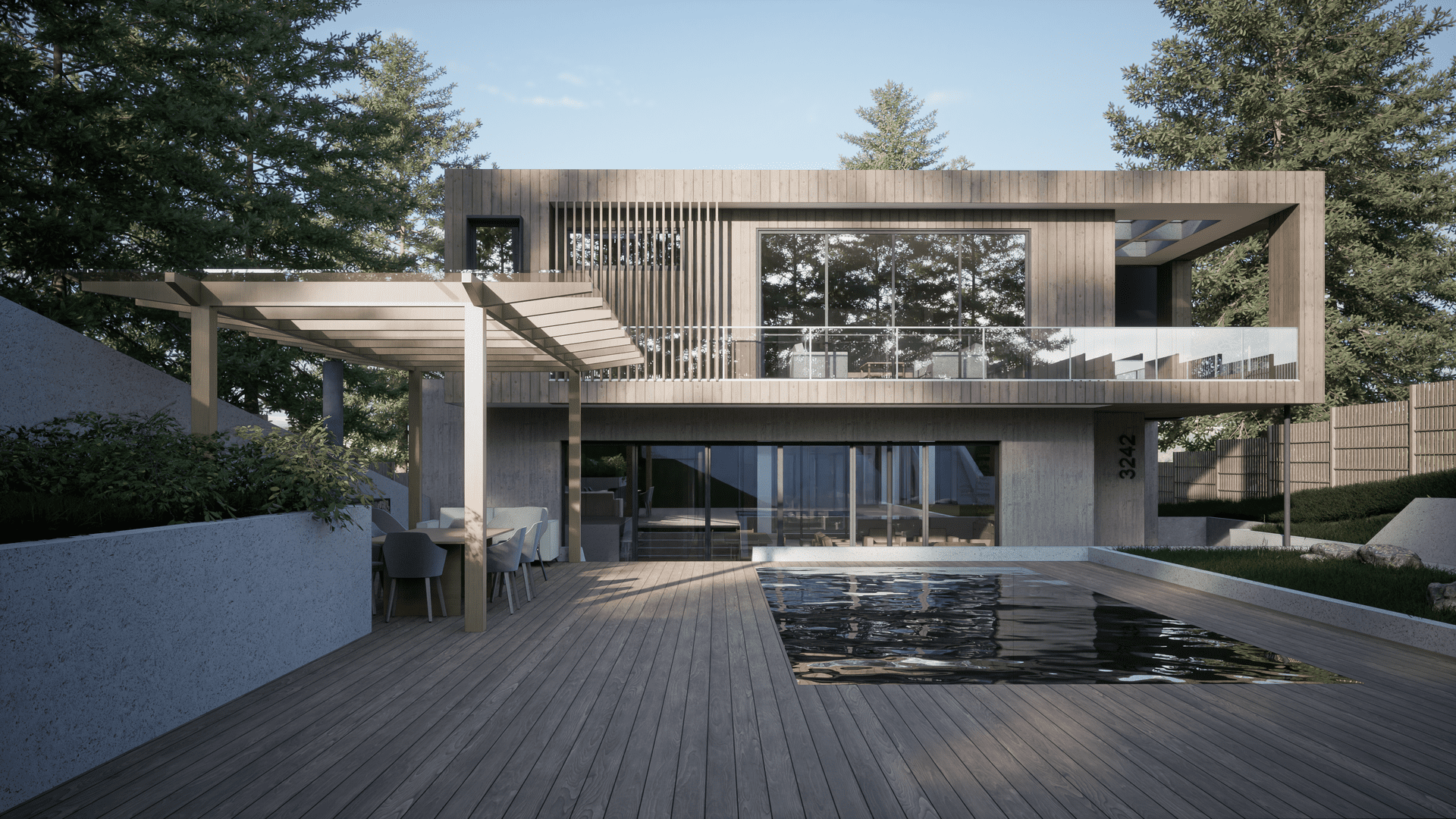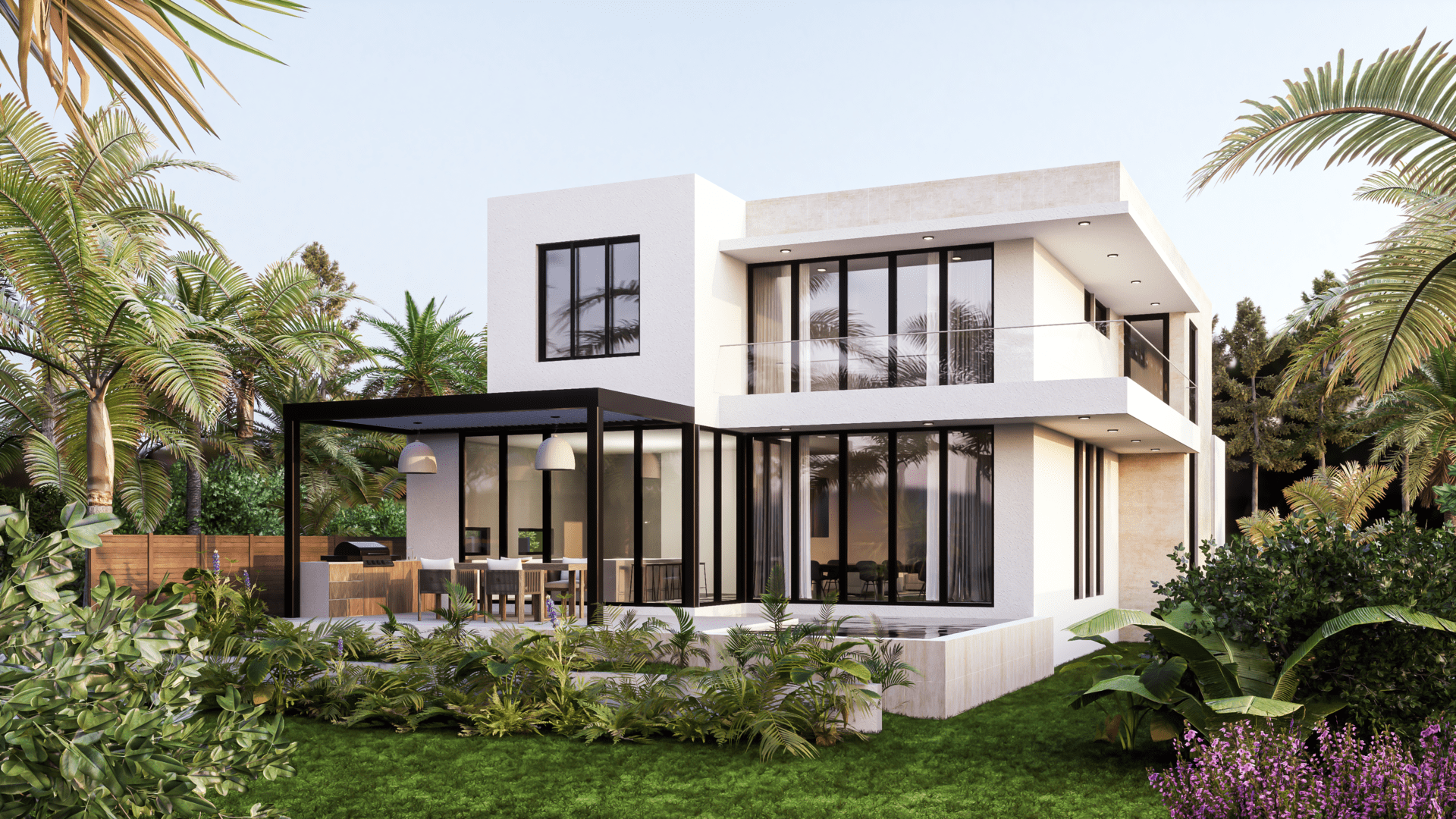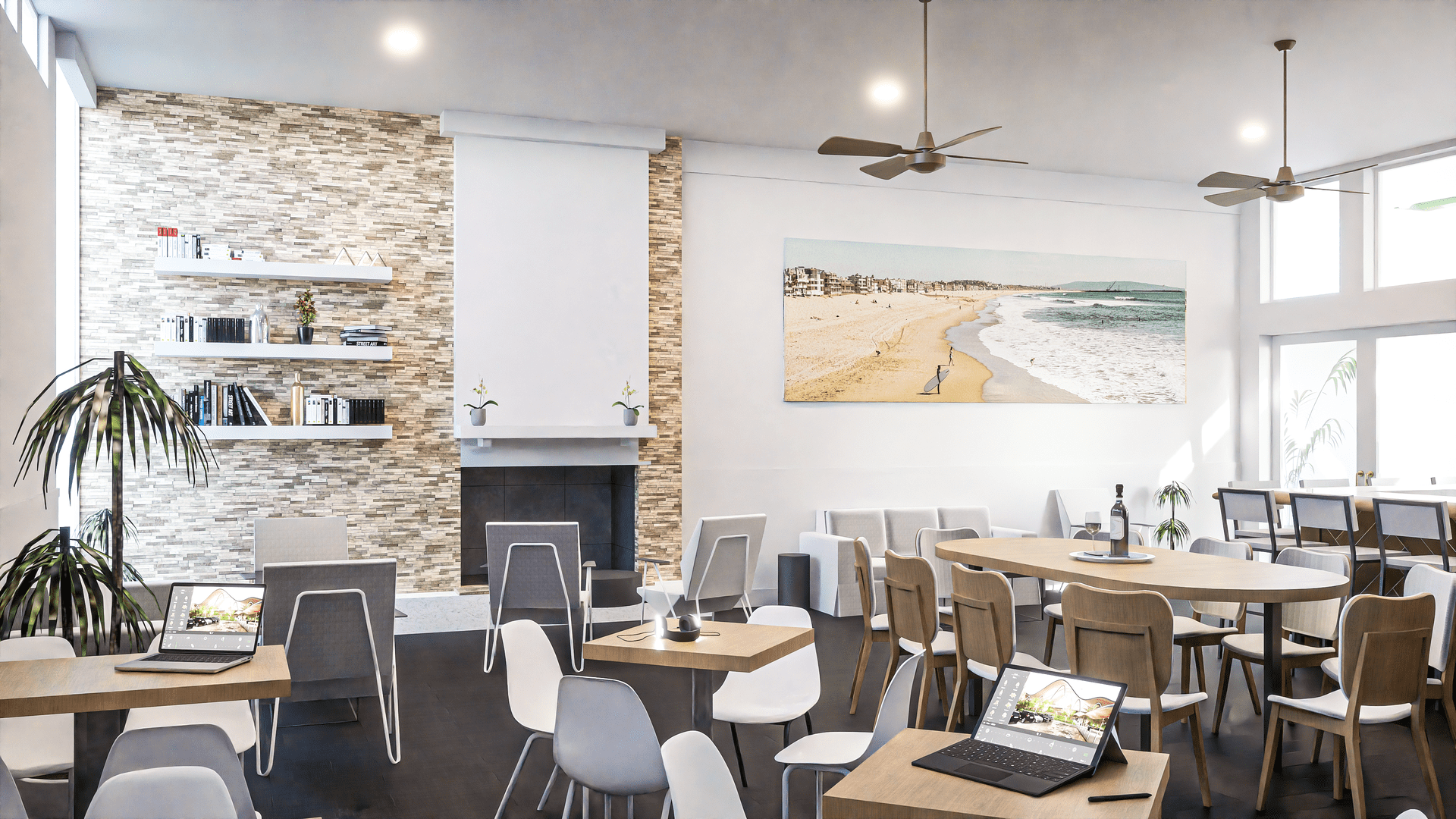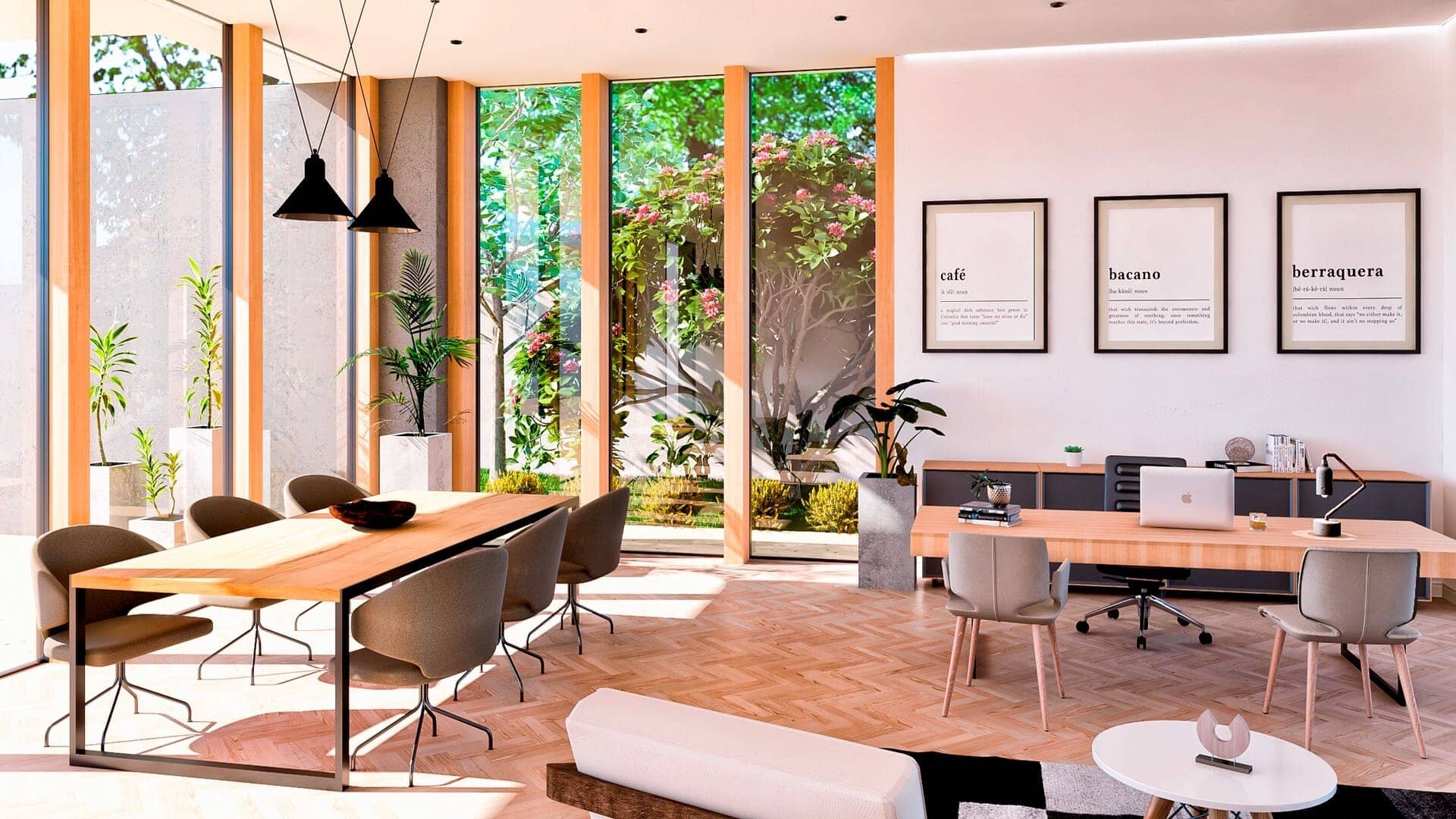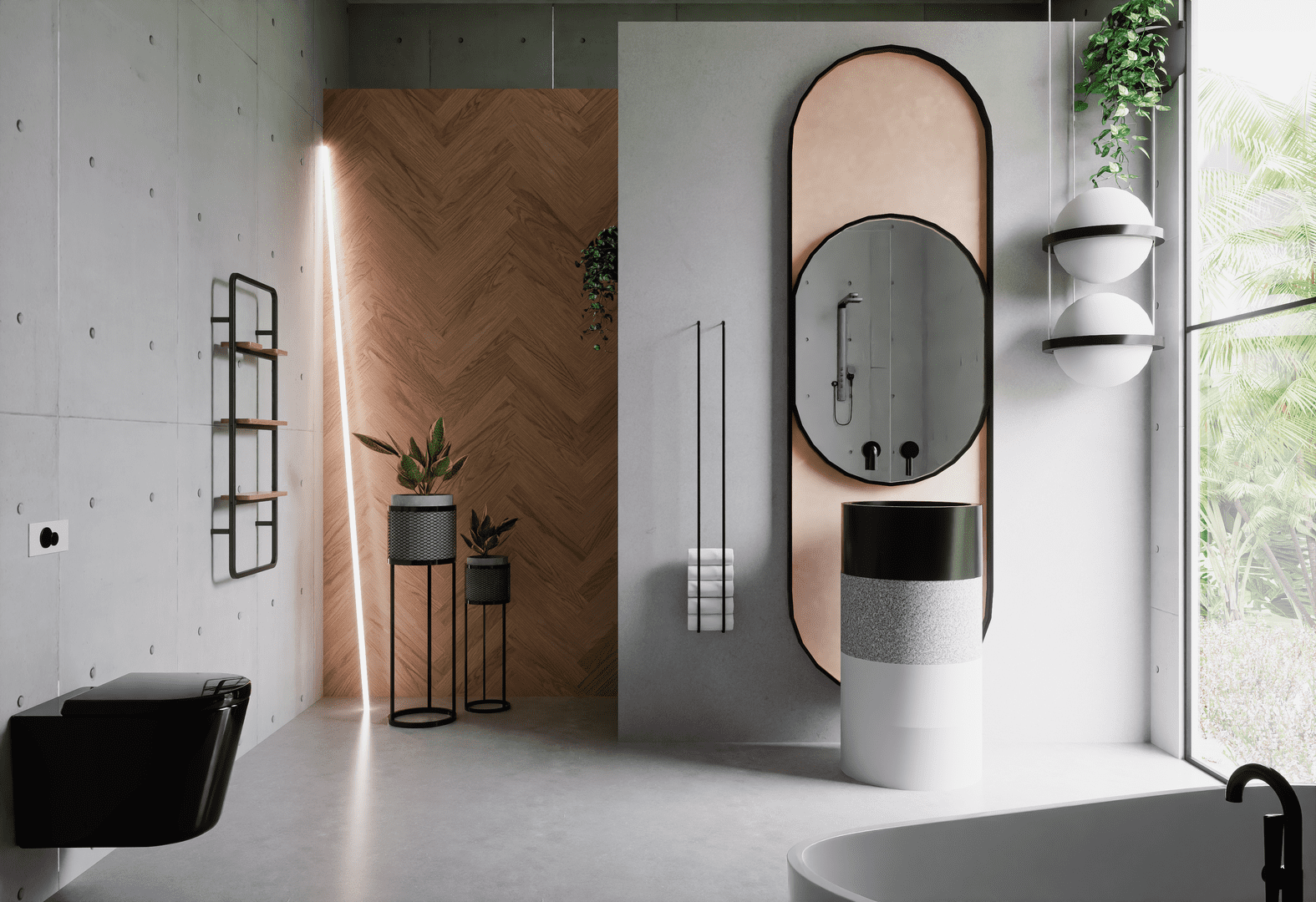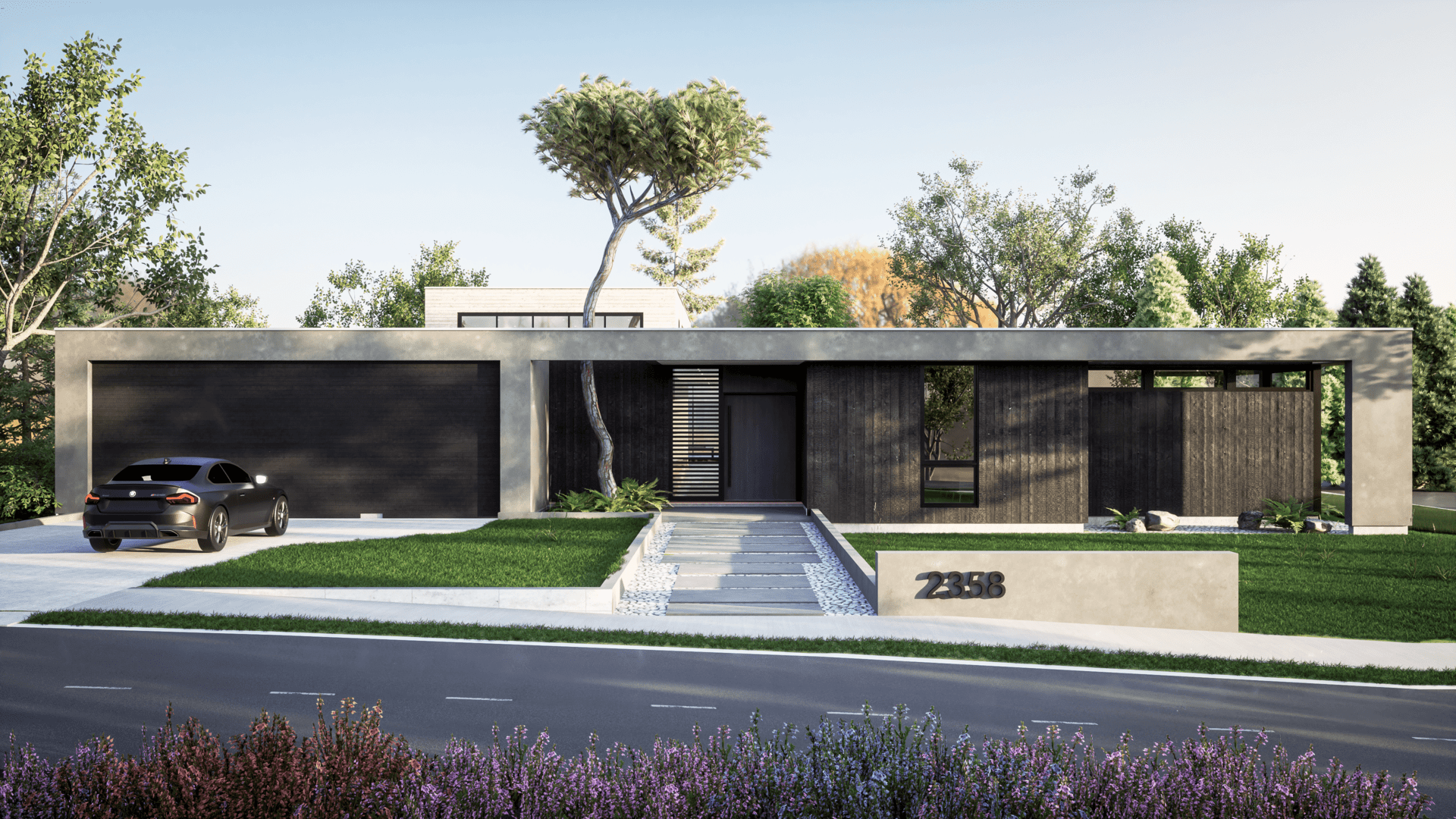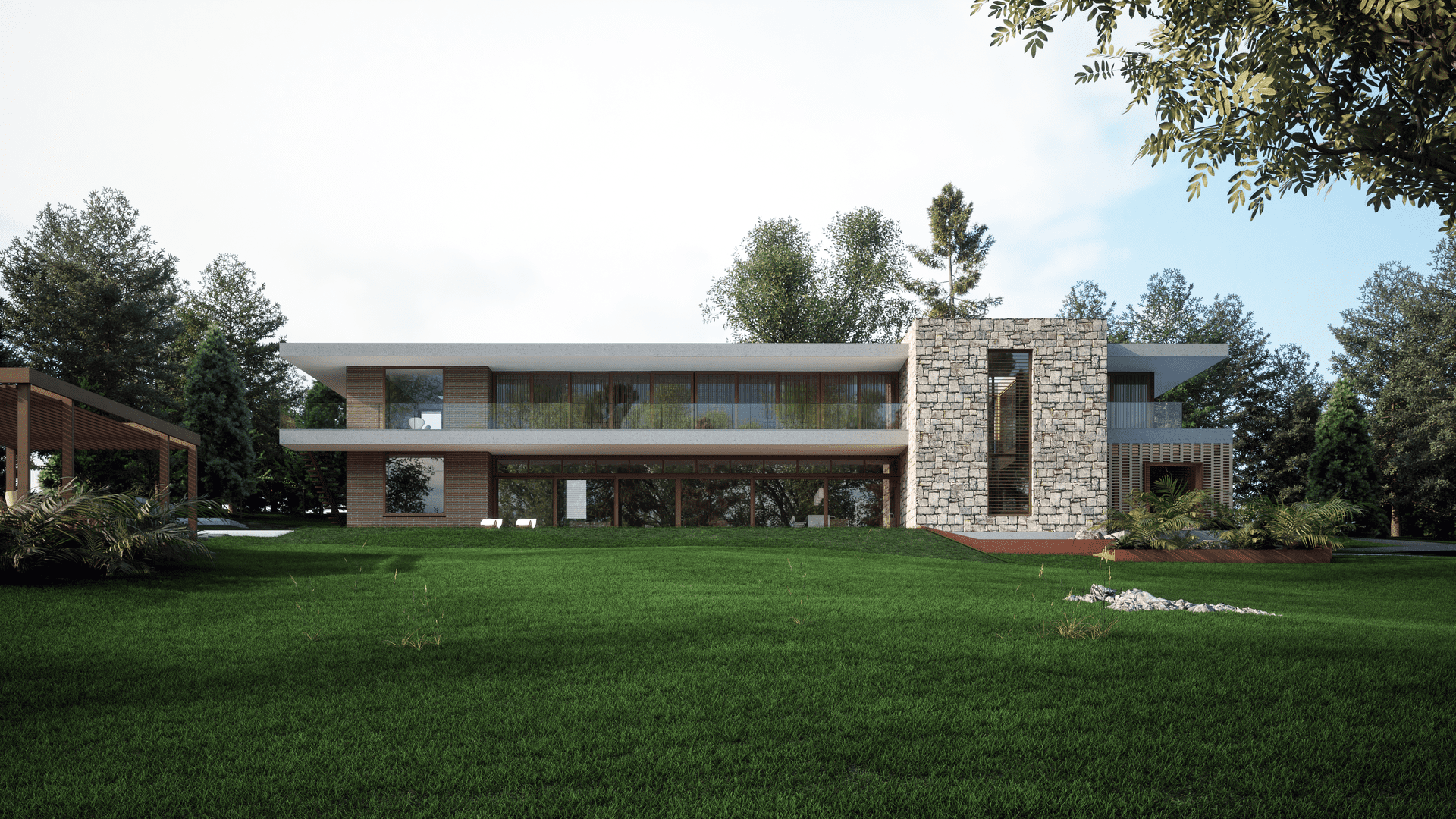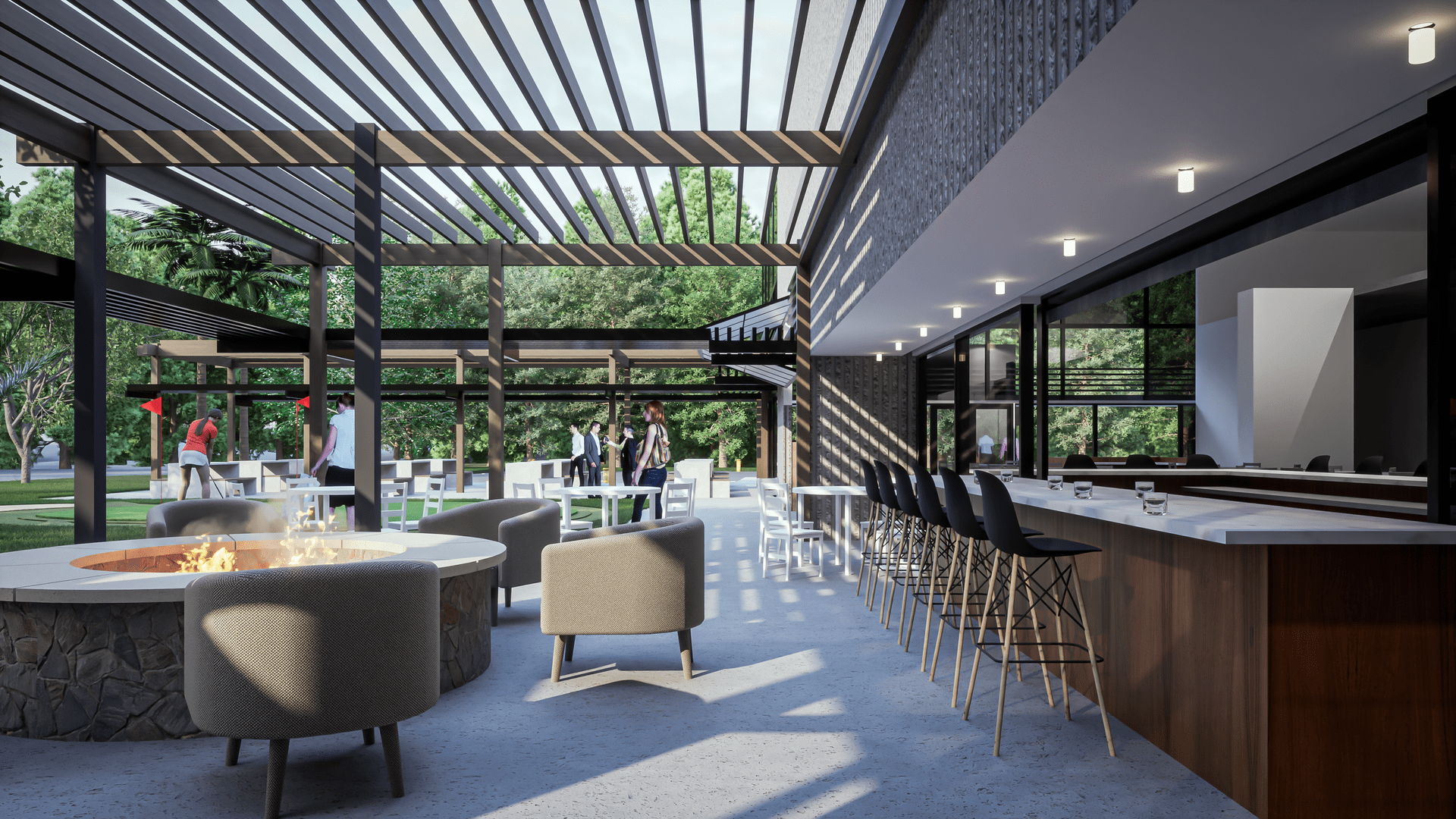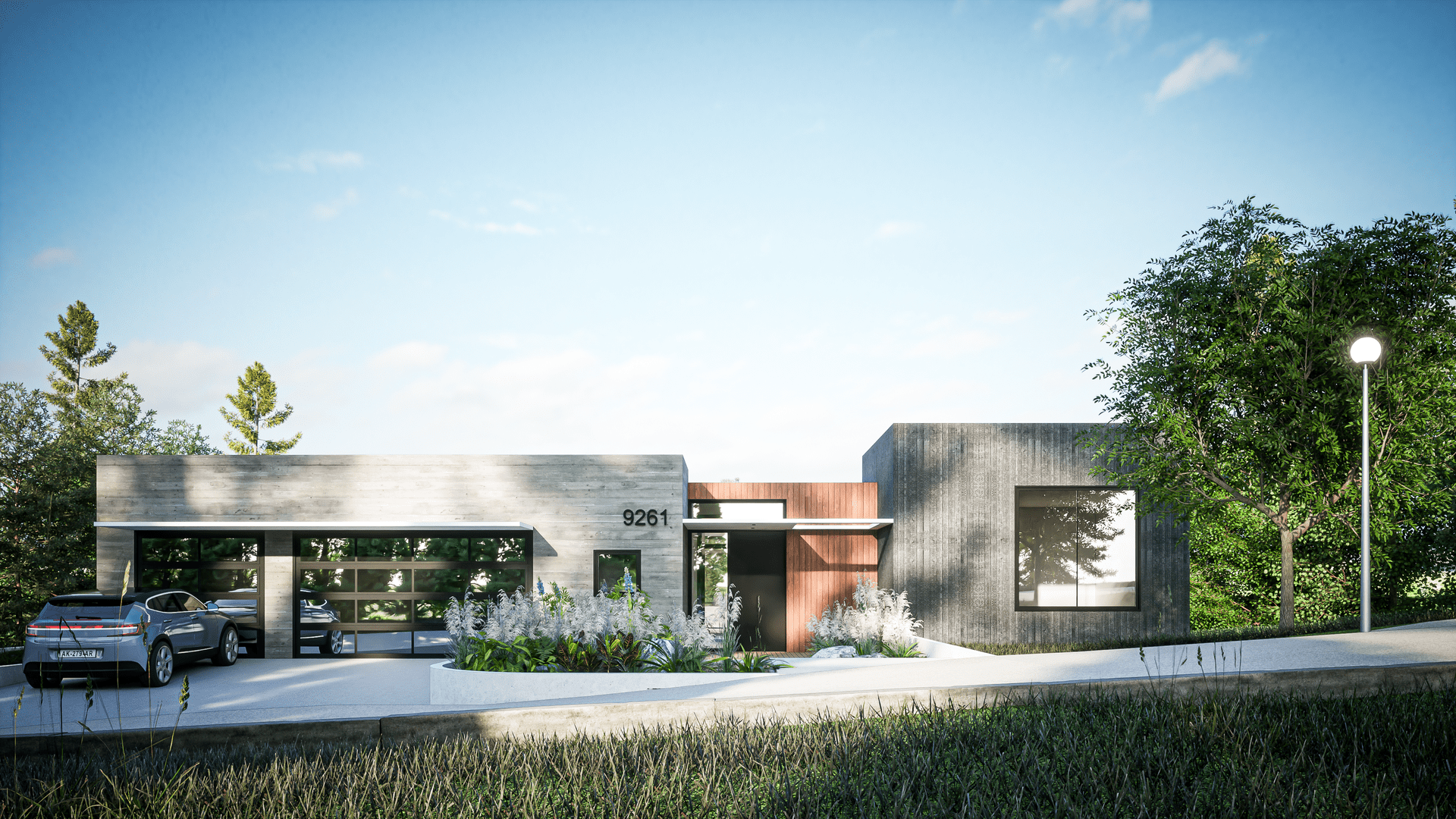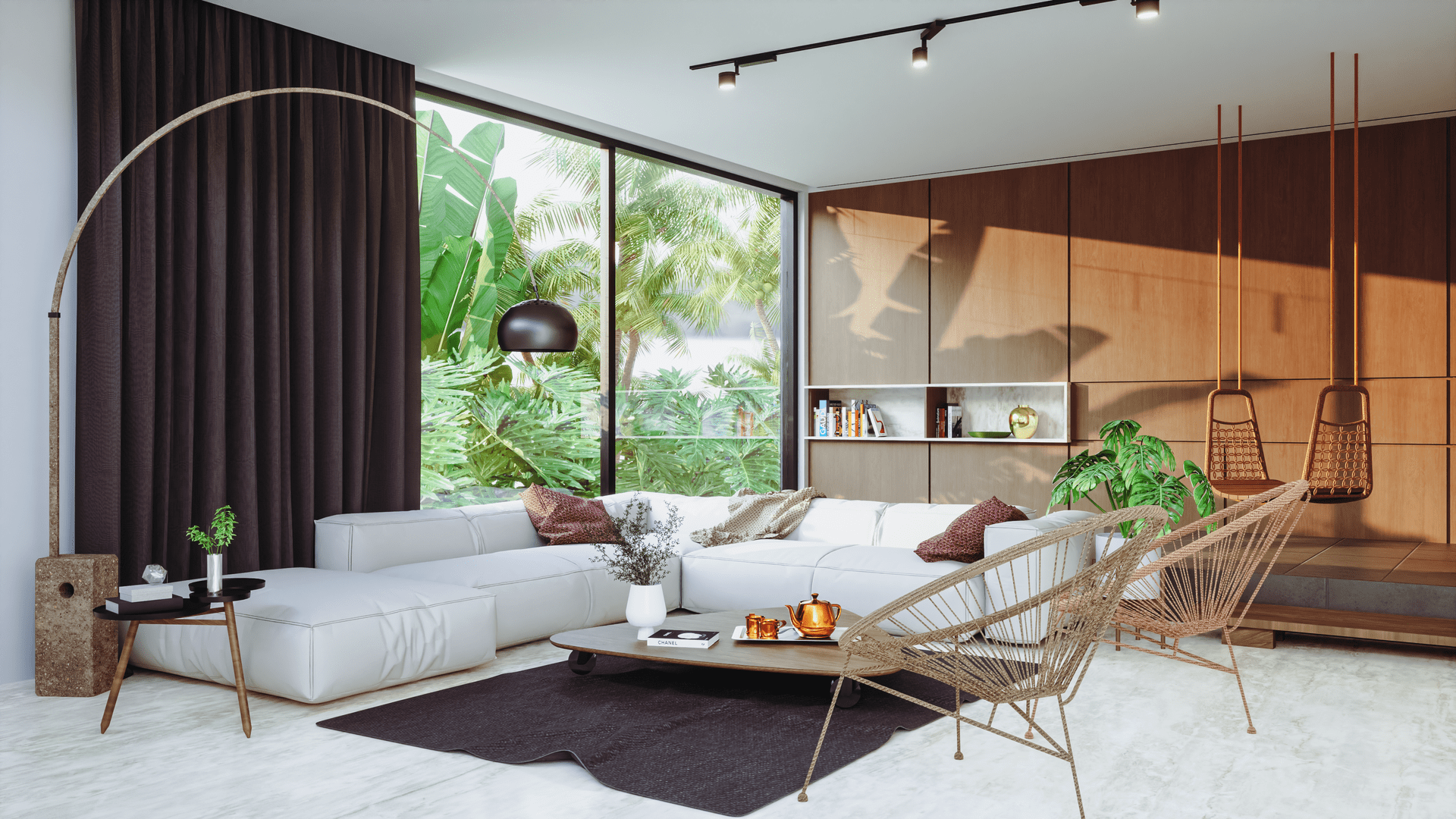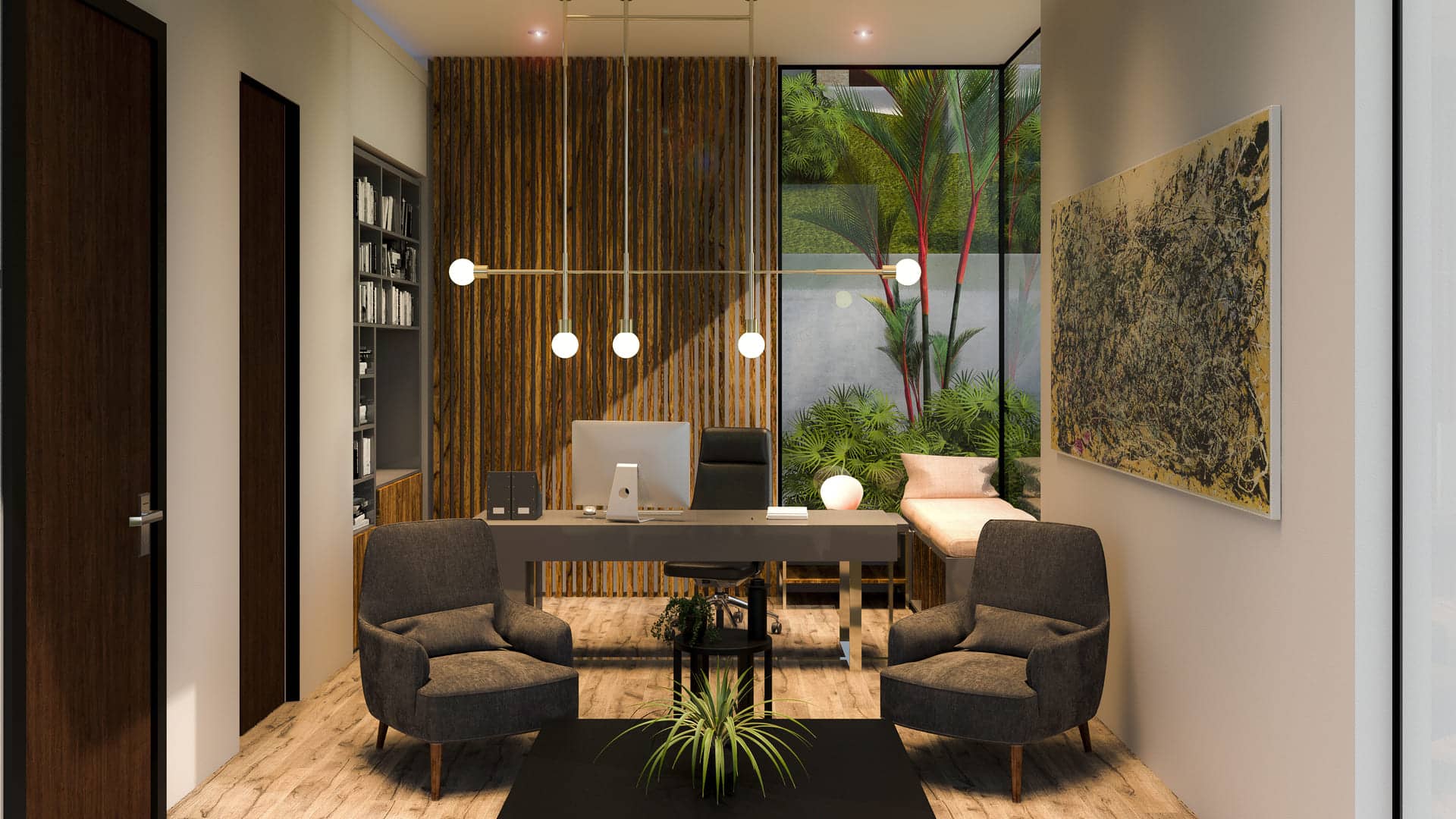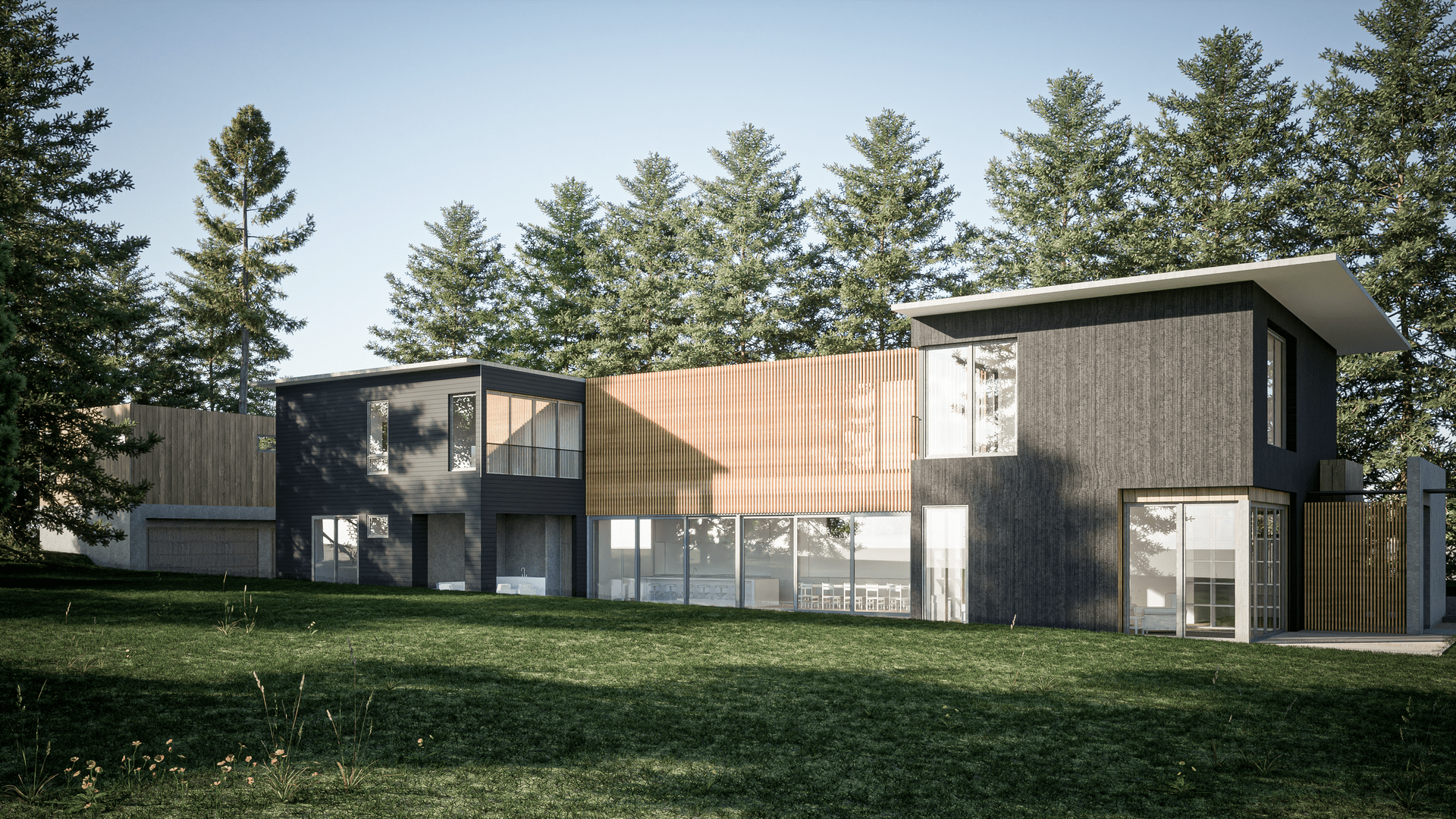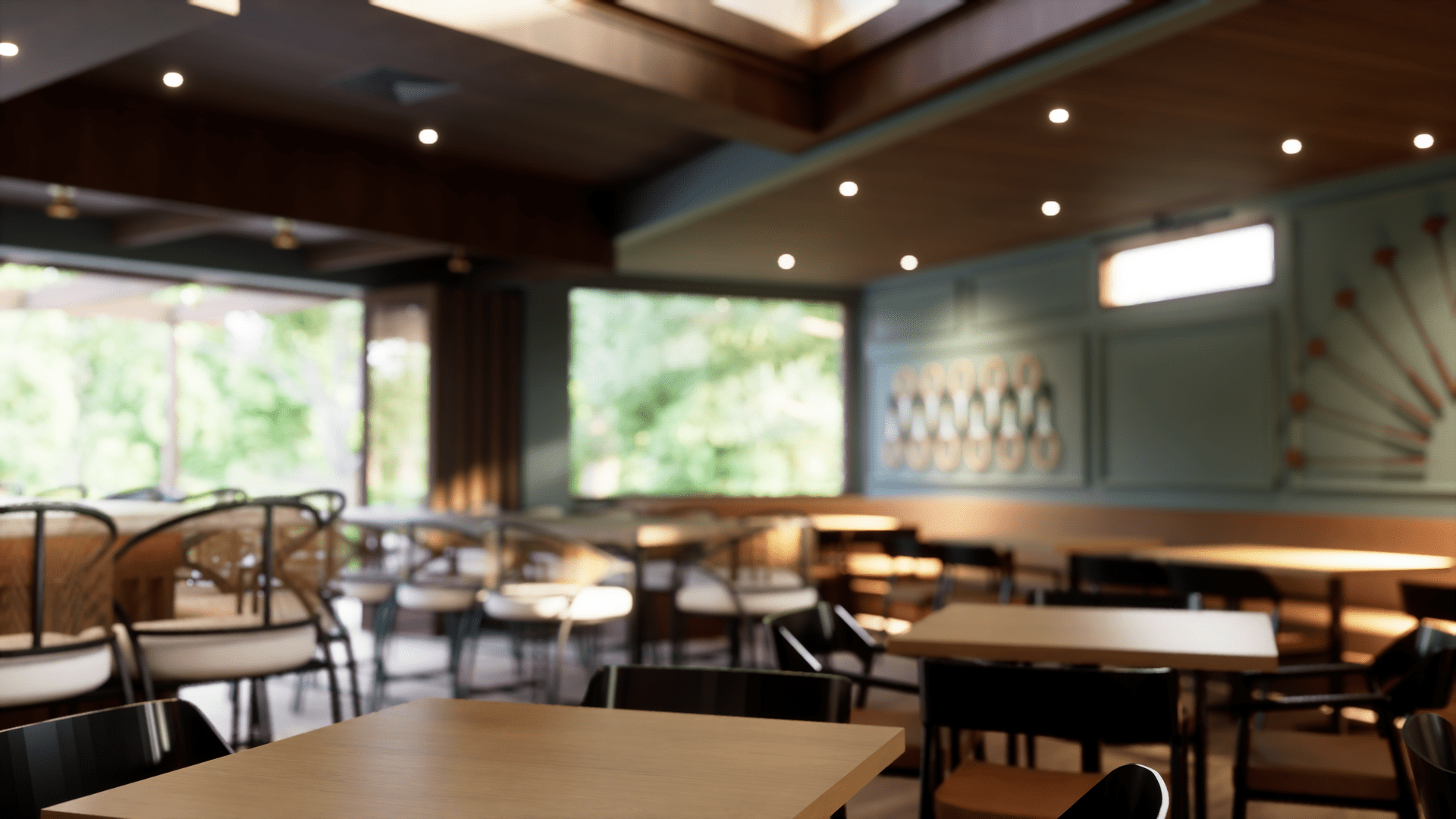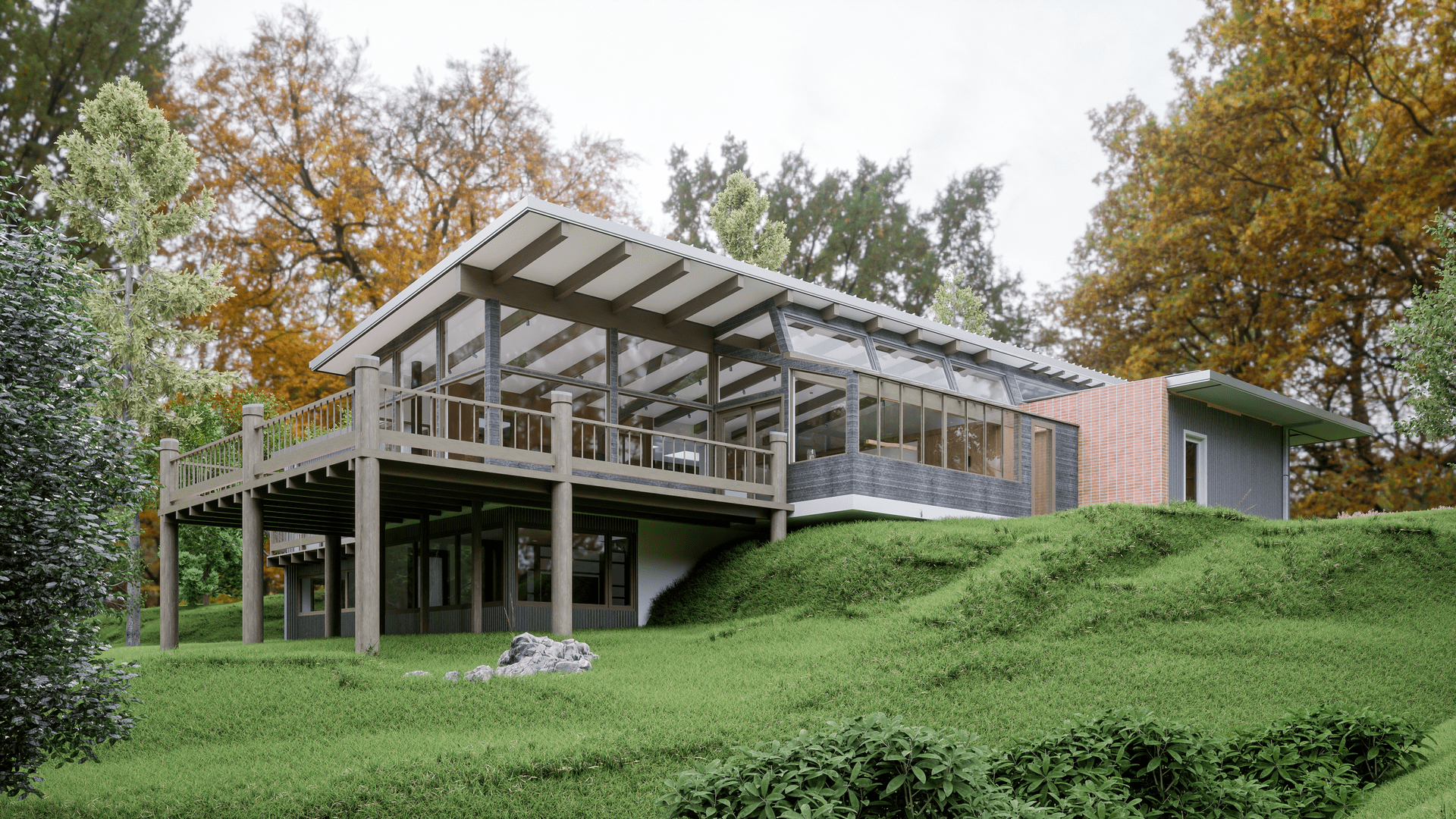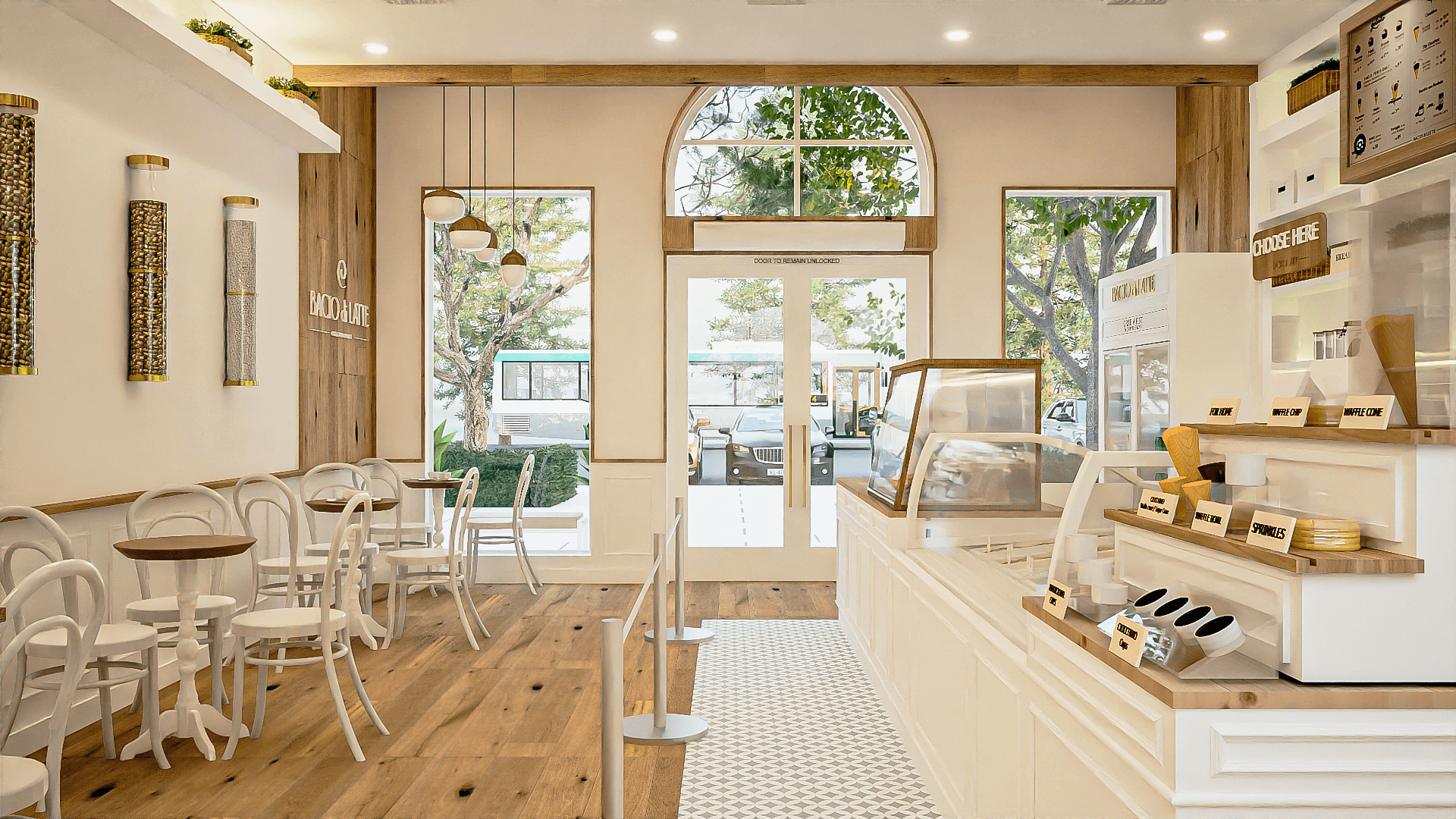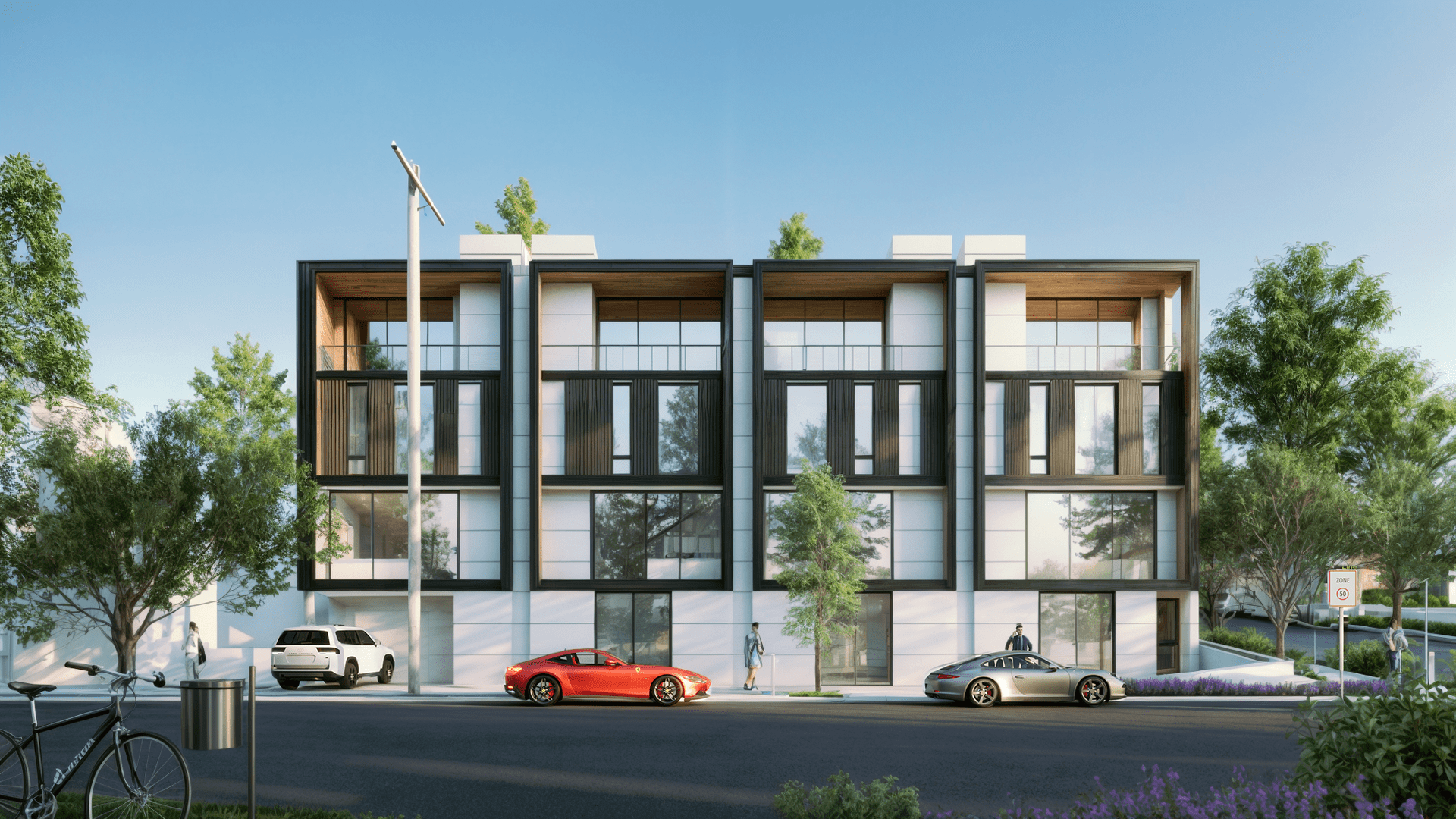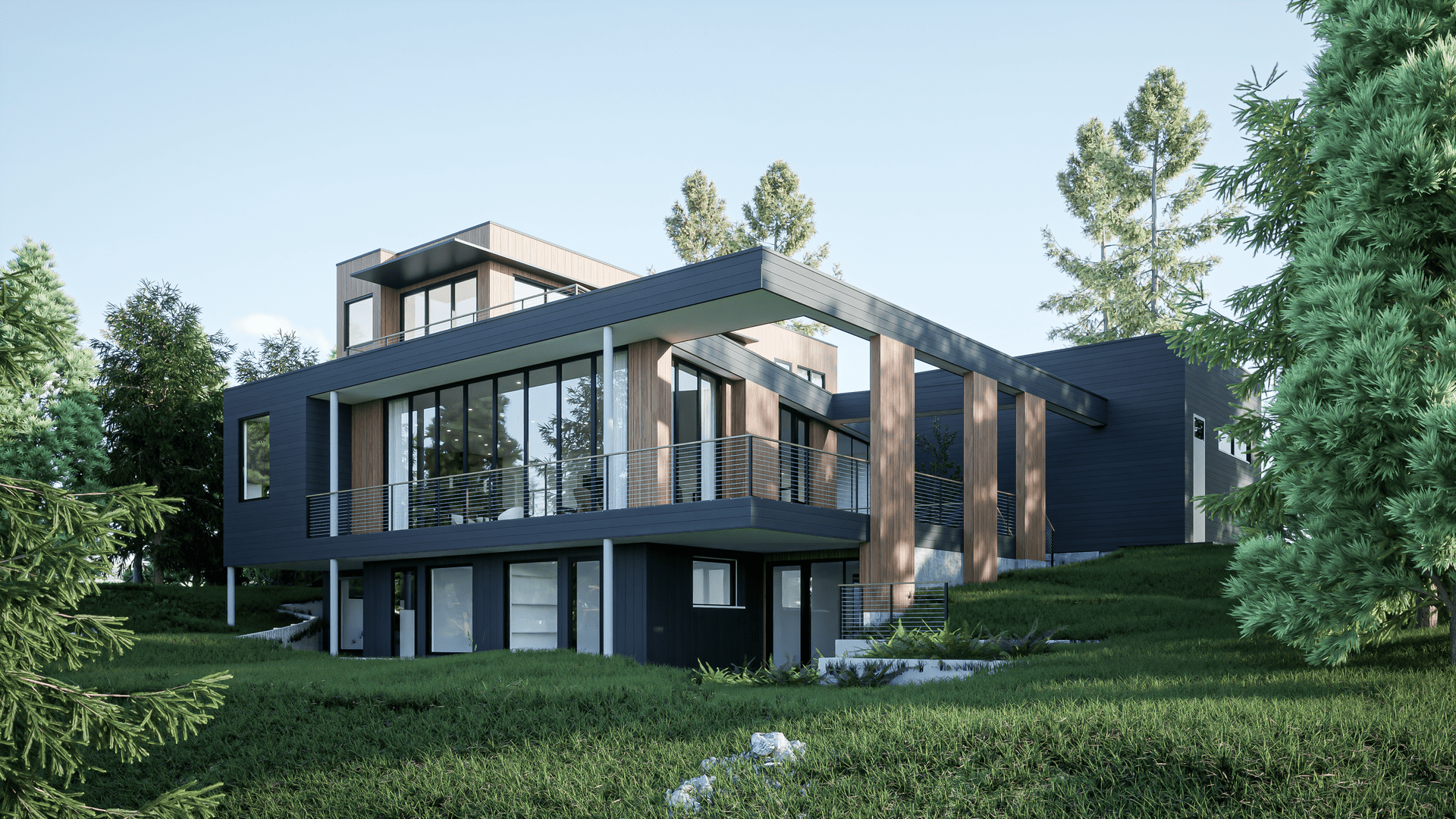Bringing Designs to Life: The Role of Architecture Visualization in Design Communication
In the world of architecture and design, communication is key.
From conveying design concepts to clients and stakeholders to coordinating with consultants and contractors, effective communication is essential to the success of any project. This is where architectural visualization plays a crucial role, allowing designers to bring their ideas to life in vivid detail and facilitating clear and concise communication throughout the design process.
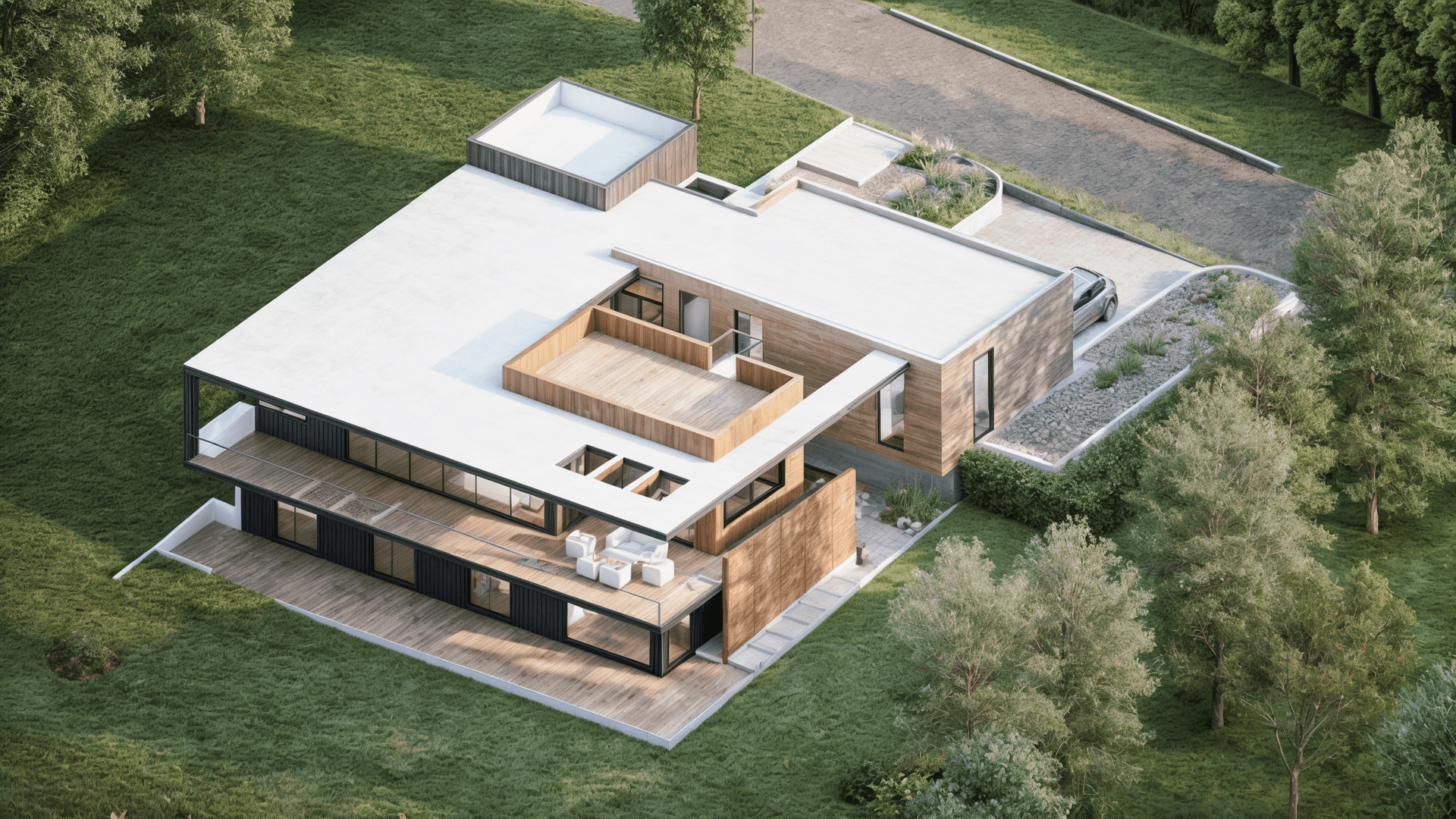
Architectural visualization encompasses a range of techniques and technologies, from traditional hand-drawn sketches and physical models to cutting-edge digital renderings and immersive virtual reality experiences. These tools enable designers to communicate their ideas with clarity and precision, allowing clients and stakeholders to visualize proposed designs in a realistic and immersive manner.
One of the primary benefits of architectural visualization is its ability to bridge the gap between concept and reality. By creating photorealistic renderings and 3D visualizations, designers can provide clients with a clear understanding of how their project will look and feel once completed. This not only helps clients make informed decisions but also fosters greater trust and confidence in the design process.
In addition to enhancing communication with clients, architectural visualization also facilitates collaboration among design team members and consultants. By providing a visual reference for discussions and feedback, designers can solicit input from stakeholders and incorporate changes more efficiently, resulting in a more cohesive and well-coordinated design.
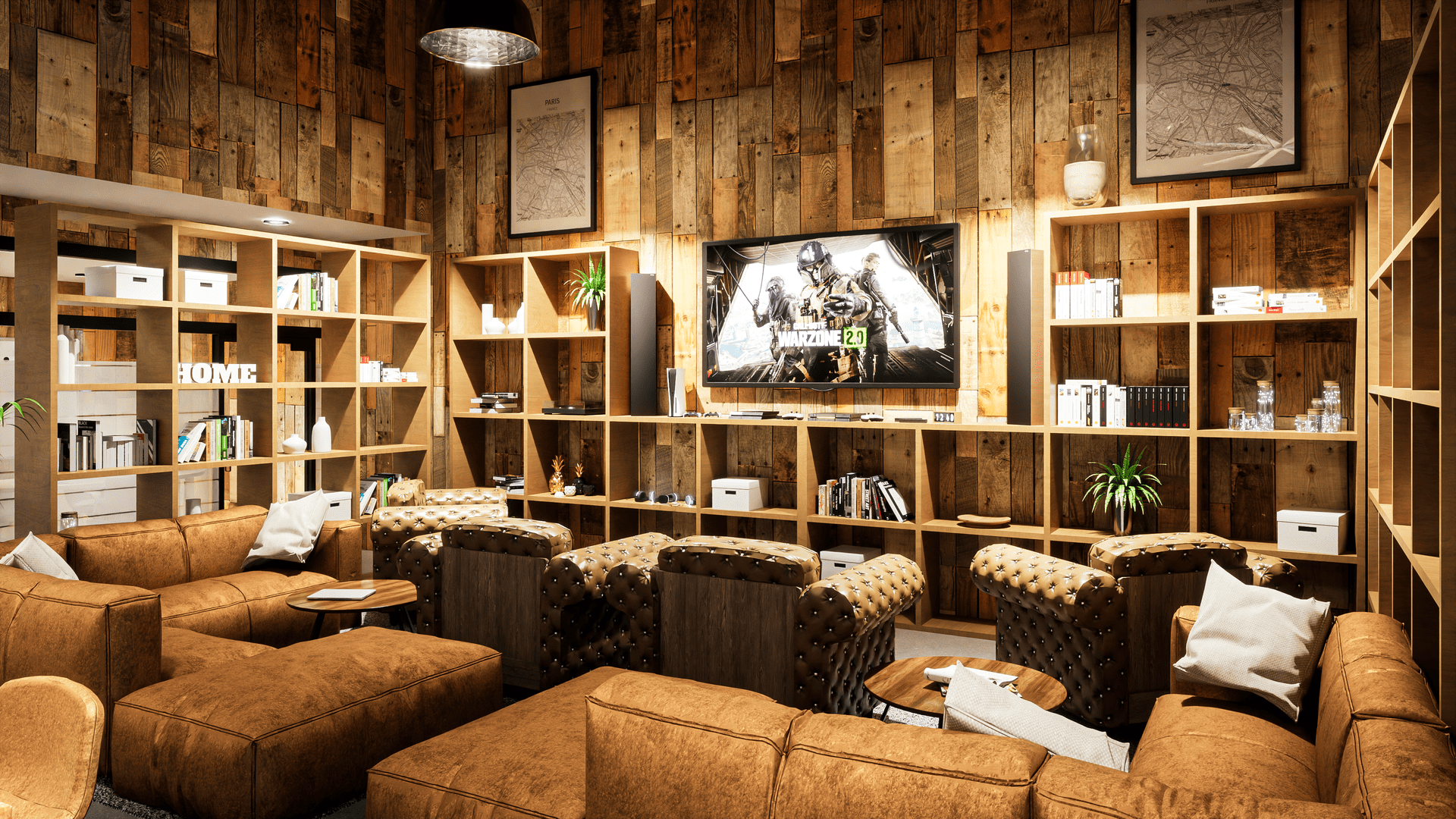
Another advantage of architectural visualization is its ability to streamline the approval process. By presenting designs in a visually compelling and easily understandable format, designers can expedite the approval process and avoid costly delays. This is particularly valuable in projects with multiple stakeholders and complex design requirements, where clear and effective communication is essential to keeping the project on track.
Furthermore, architectural visualization can also be used as a marketing tool to promote projects to potential investors, tenants, and buyers. By creating stunning visualizations and virtual tours, designers can showcase the unique features and amenities of a project, generating excitement and interest among potential stakeholders.
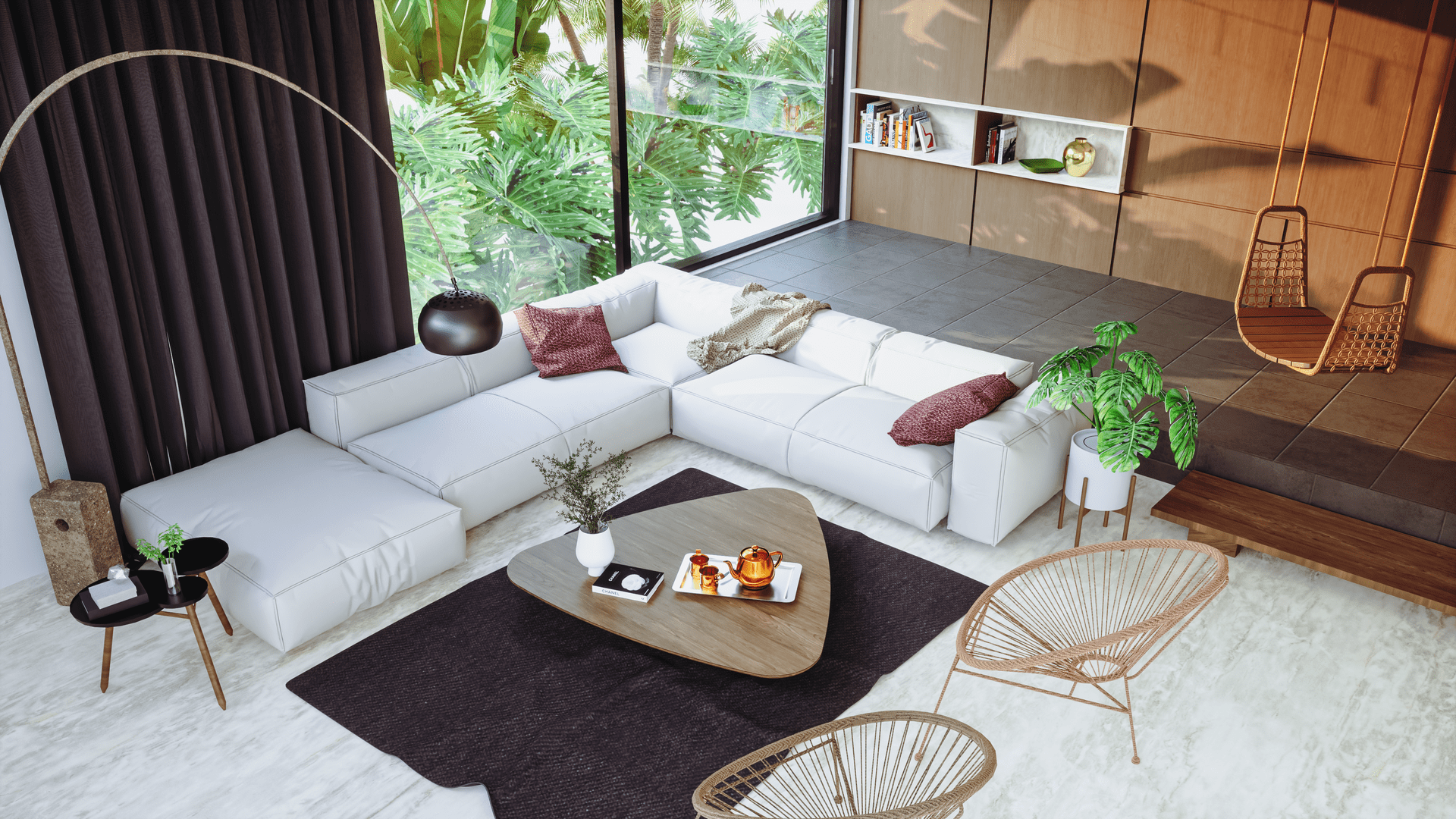
So it’s fair to say, architectural visualization plays a vital role in design communication, allowing designers to bring their ideas to life and facilitate clear and concise communication throughout the design process. By leveraging the latest techniques and technologies in visualization, designers can enhance collaboration, streamline the approval process, and ultimately deliver better-designed environments that exceed client expectations.

